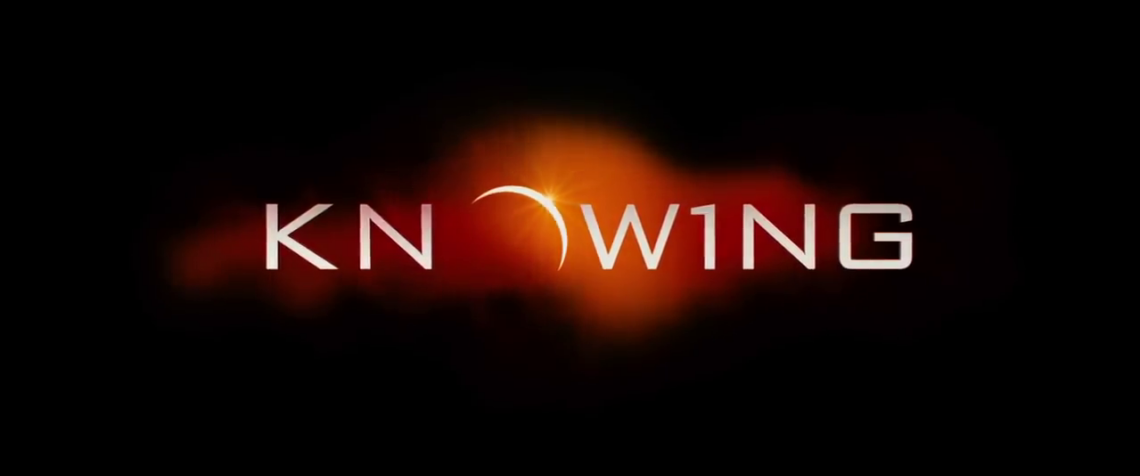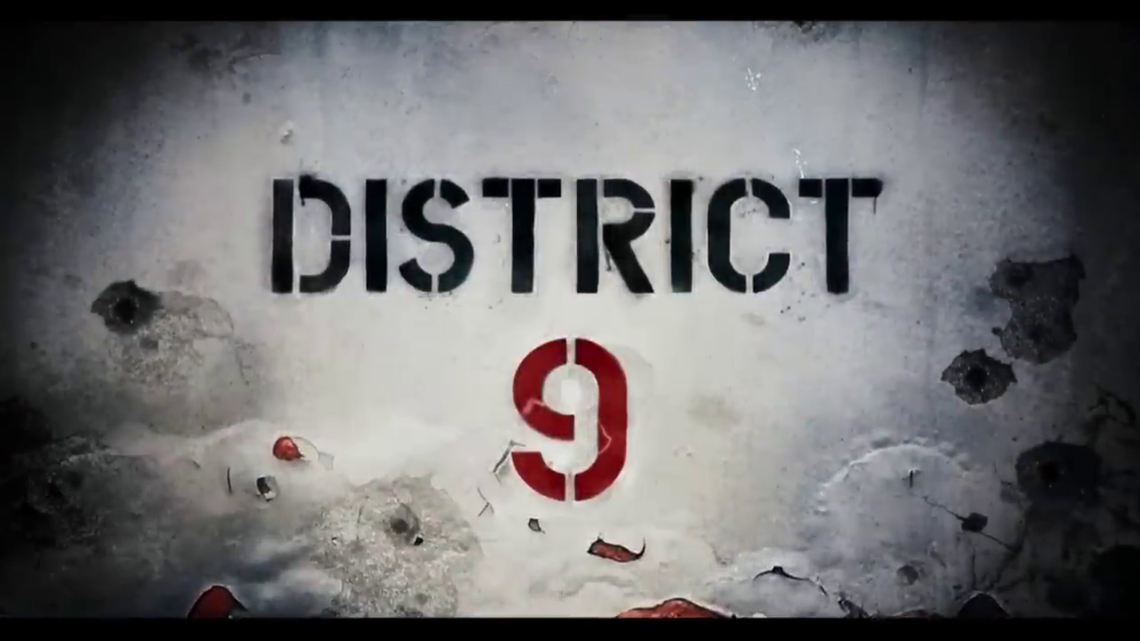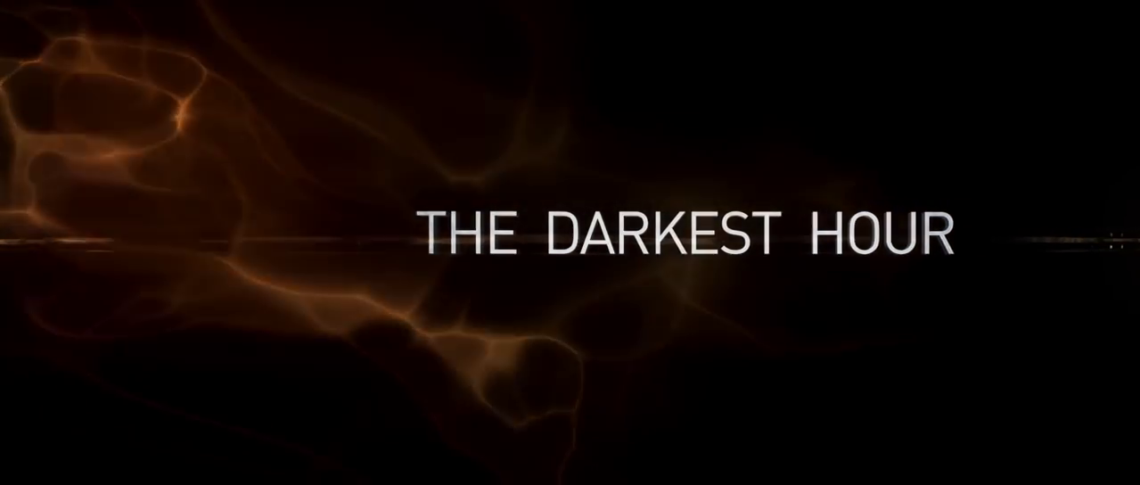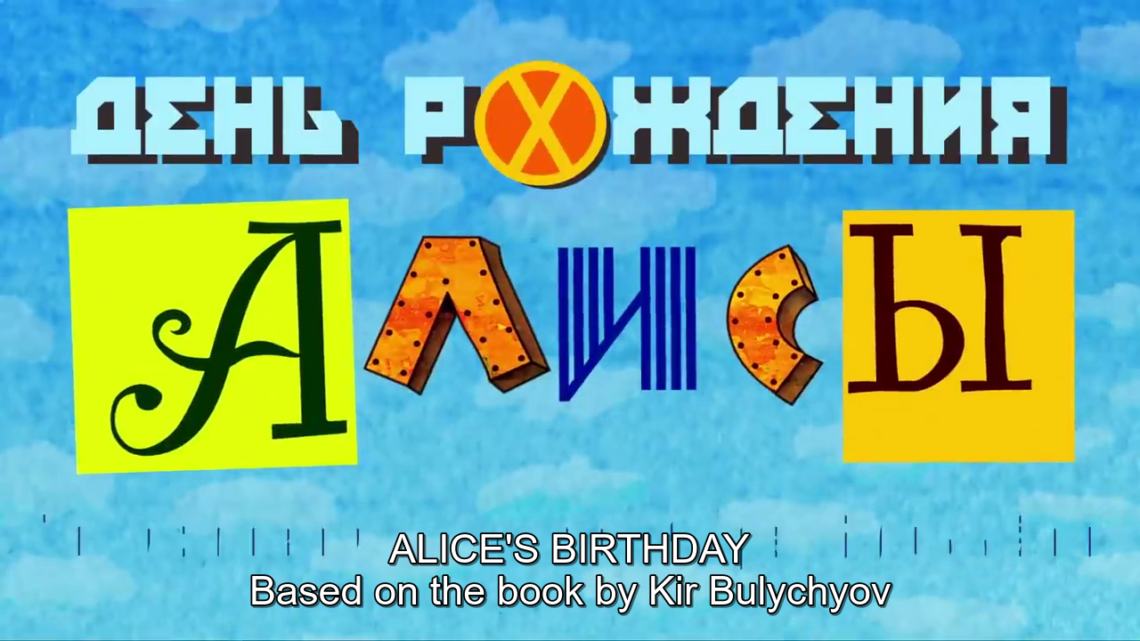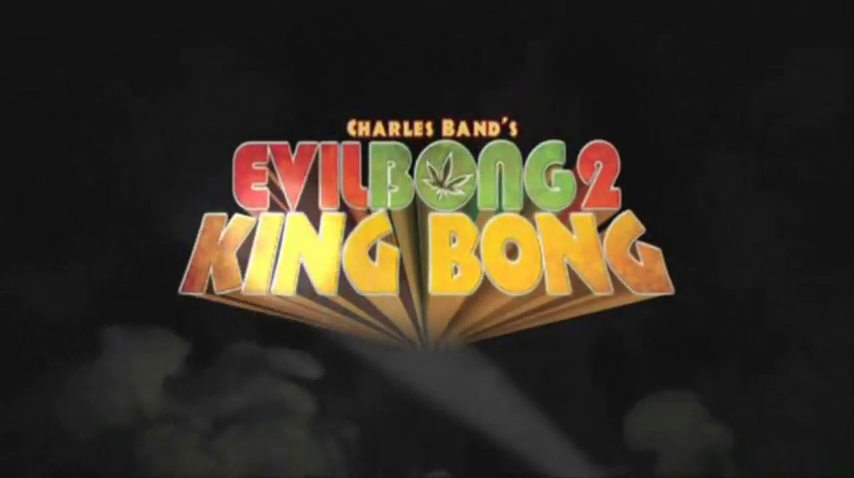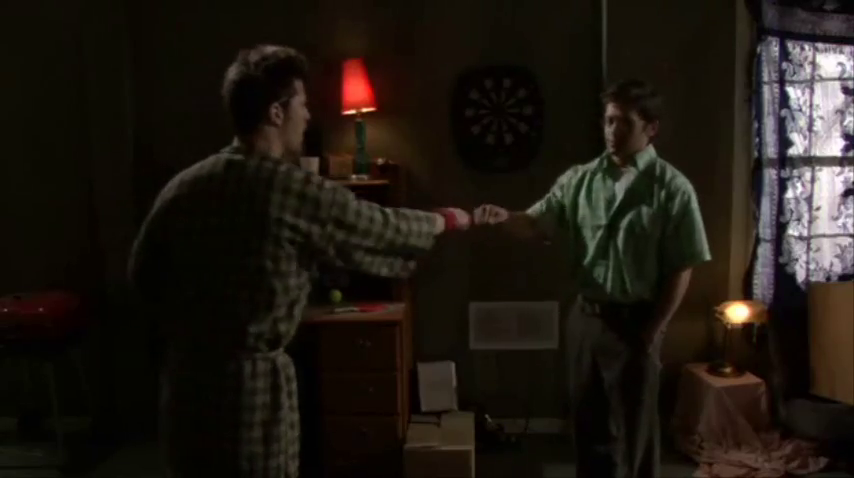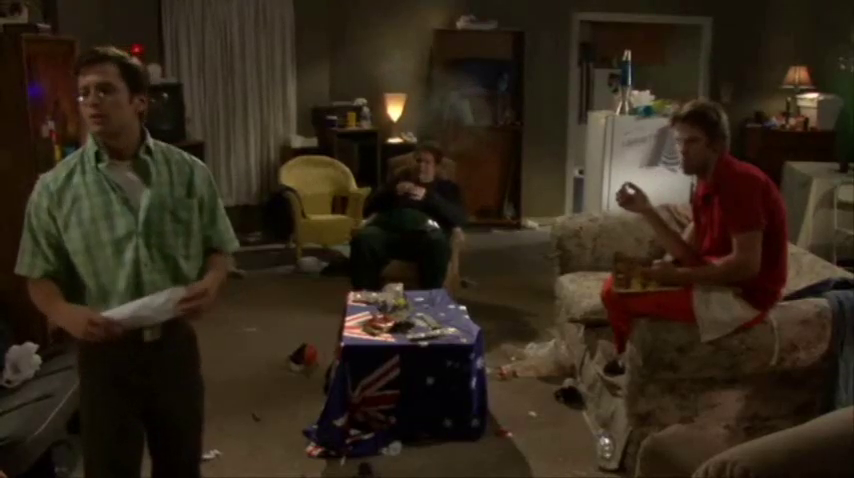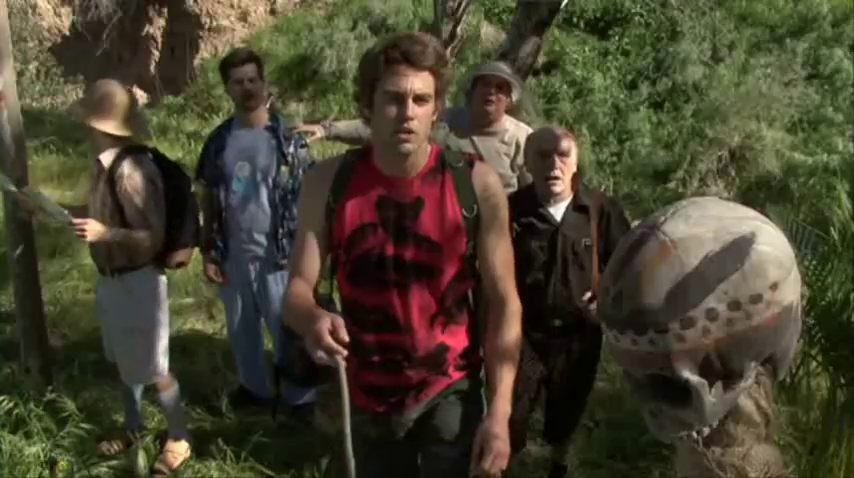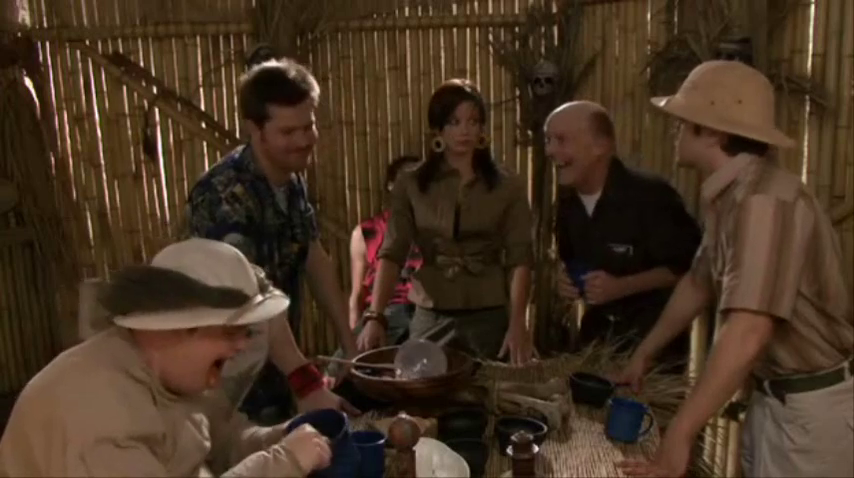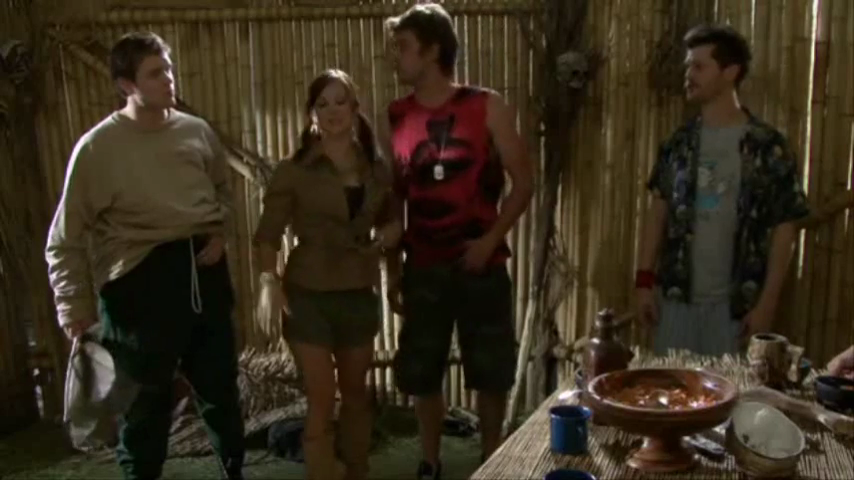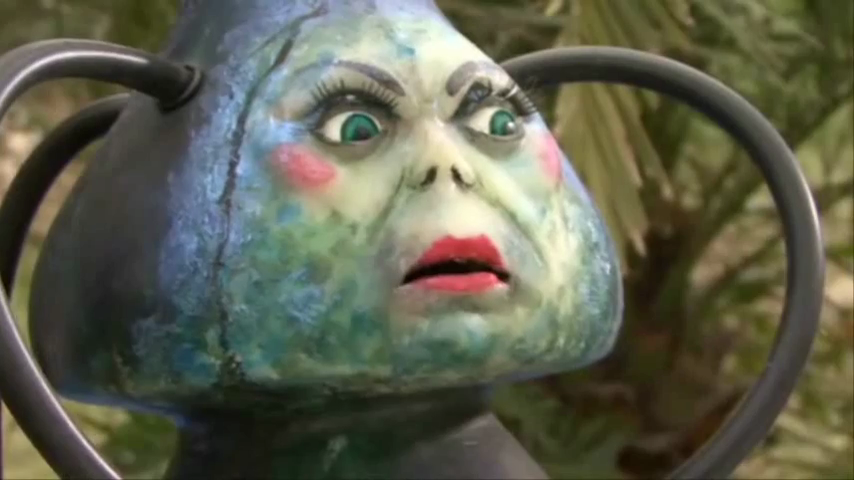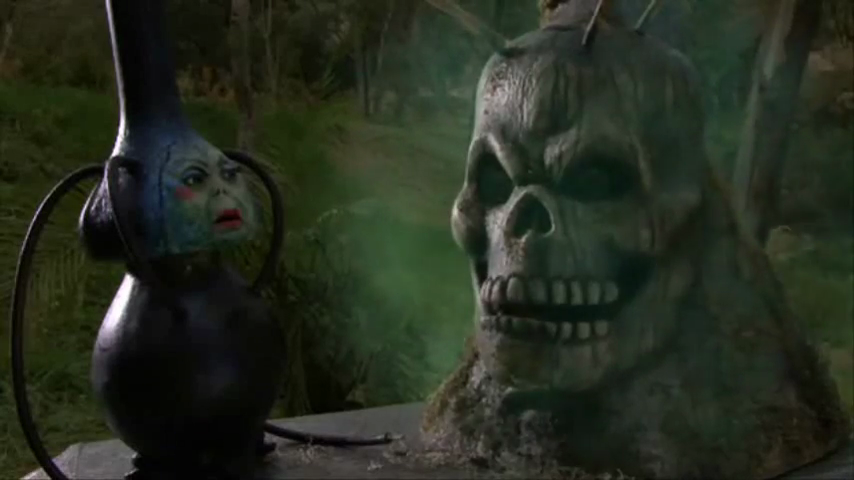-
#640 – A Martian Christmas (2009)
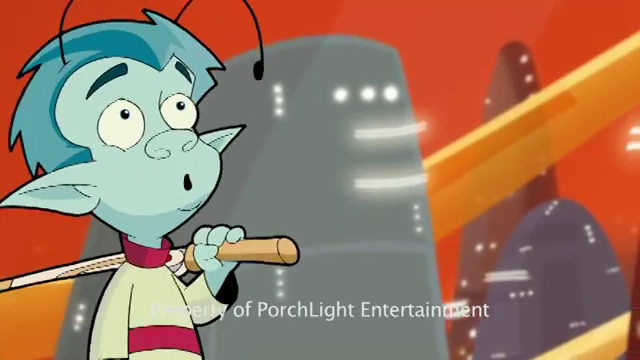
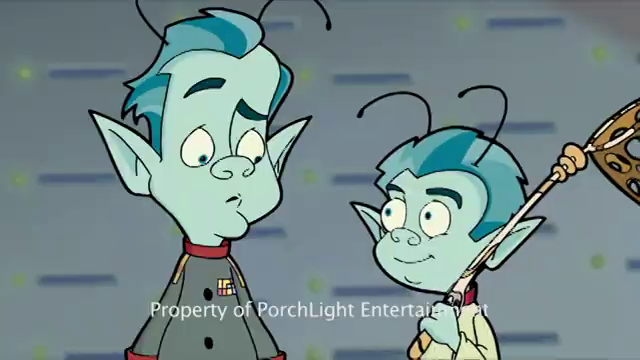
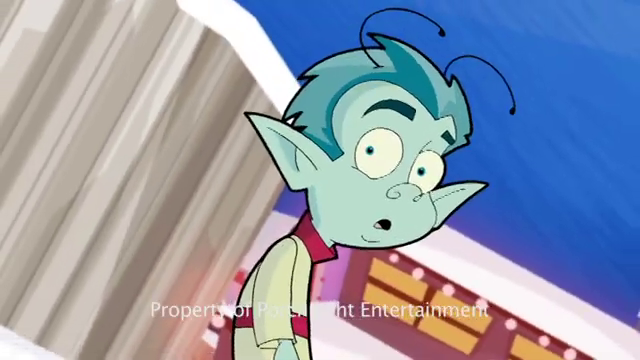
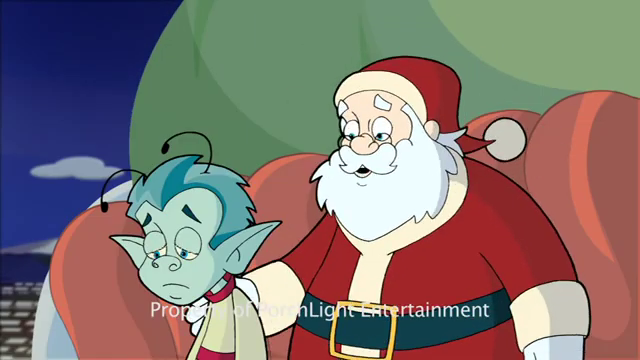
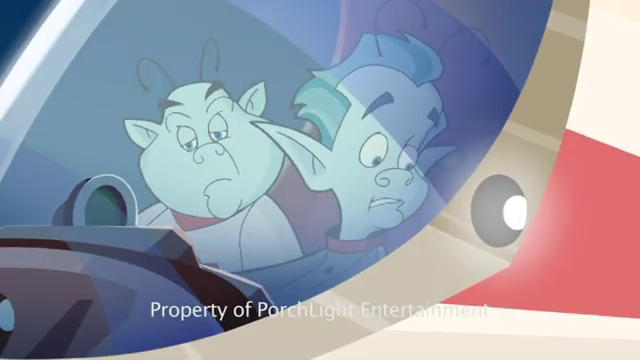
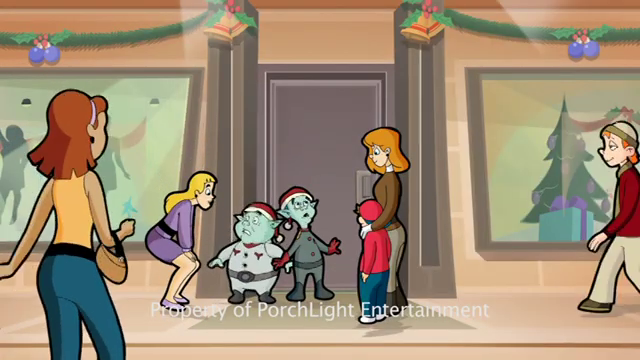
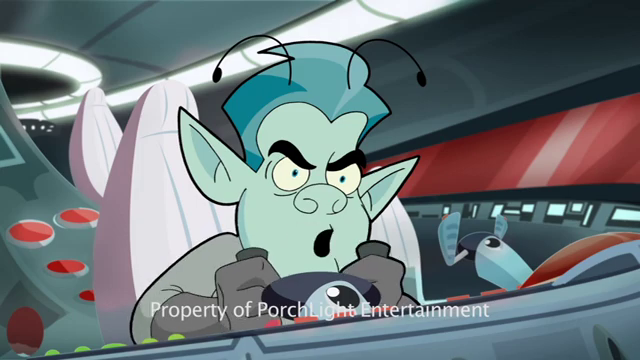

A Martian Christmas (2009)
Film review #640
Director: José Alejandro García Muñoz
SYNOPSIS: When Martians discover a space rover from Earth, they assume it is a spying device, and identifying Santa Claus as the Earth’s leader, send a ship to Earth. Zip wants to spend time with his Father Zork, but since Zork has been chosen to fly the ship to earth, Zip stows away on the ship and accidentally jettisons himself in an escape pod. Alone on Earth’s surface, he must find his way back to his Father and discover the true meaning of Christmas along the way…
THOUGHTS/ANALYSIS: A Martian Christmas is a 2009 sci-fi Christmas film. It is somehow the fourth Christmas film about Mars and Martians, after Santa Claus Conquers the Martians (1964), The Christmas Martian (1971) and Christmas on Mars (2008). This time around, the Martians discover an Earth space rover which they believe to be a spying device used for a precursor to an invasion. Spying on Earth, they see humans being their miserable, aggressive selves, and determine Santa Claus to be their leader, who is going down people’s chimneys and stealing their things. The Martians decide that they need to strike first, and send a ship to Earth. This is a family Christmas film with all the typical themes thrown about that offer no surprises, even with the sci-fi twist. The first part of the film introduces us to the Martian society a little, but given that the runtime is under forty-five minutes, it takes far too long to really get into the Christmas section of the story. The intricacies of Martian society that the opening pours over don’t really establish that Christmas spirit enough, and being a film that’s aimed at children, I’m not sure it’s going to really maintain their attention.
The main thread of the story being a typical Father not spending enough time with his son doesn’t really inspire much Christmas spirit or uniqueness. It becomes more festive as the film moves to Earth, but again given the runtime, there’s not enough space to develop the new characters it introduces, or develop a coherent narrative. It gets in a few jokes, some mild peril and the like, but there ends up being too many characters scattered about doing different things to bring anything together. The character designs on the Martians are nice enough, but there’s an inconsistency between the characters, backgrounds and special effects that are a mish-mash of 2D animation and 3D CG that fails to give the film a memorable look. A Martian Christmas is not going to become a Christmas classic, due to having way too much going in in such a short runtime, and not producing anything memorable in terms of characters, humour, or Christmas spirit. It also had a very limited release on DVD, so even if it was good, nobody would have seen it to make it something families would return to year after year.
-
#630 – Knowing (2009)
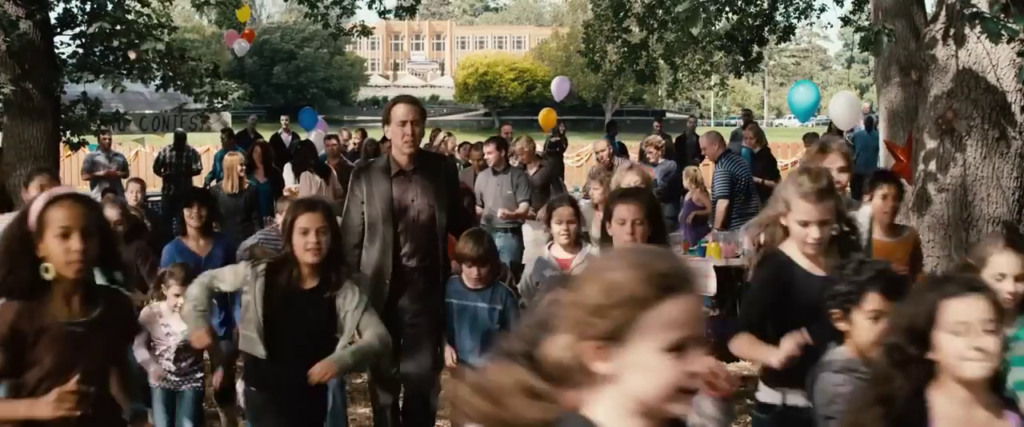
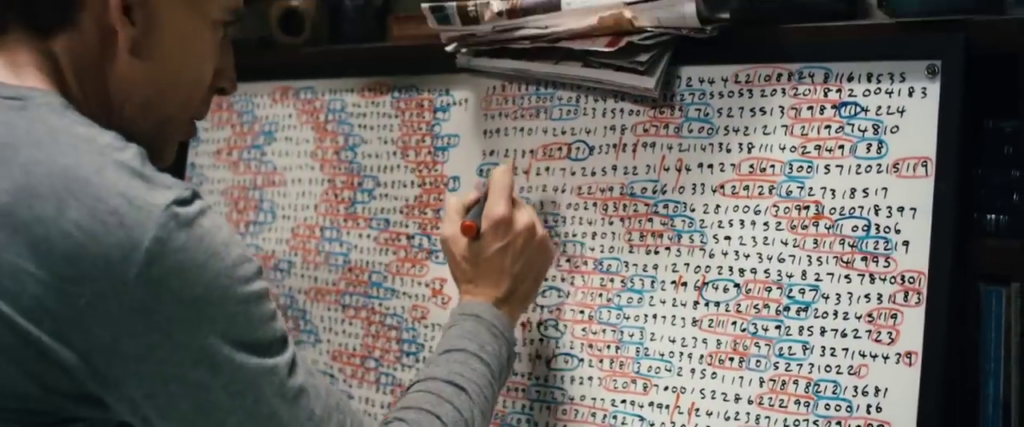
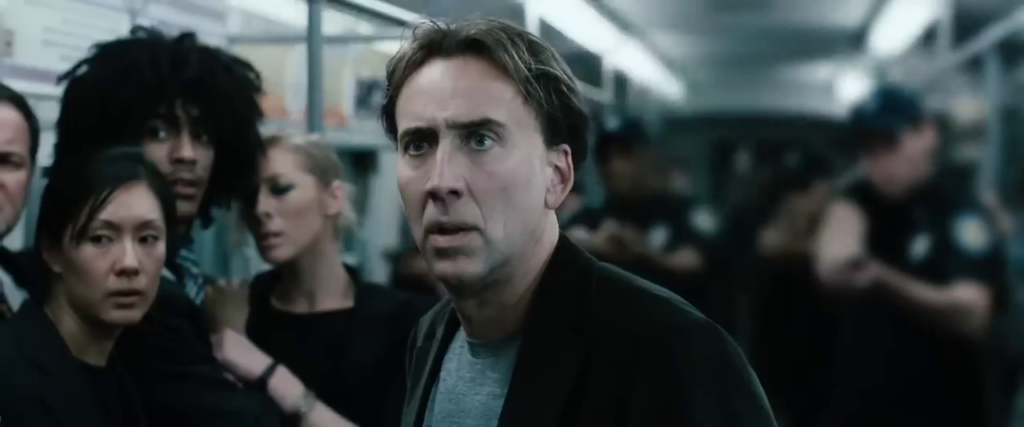
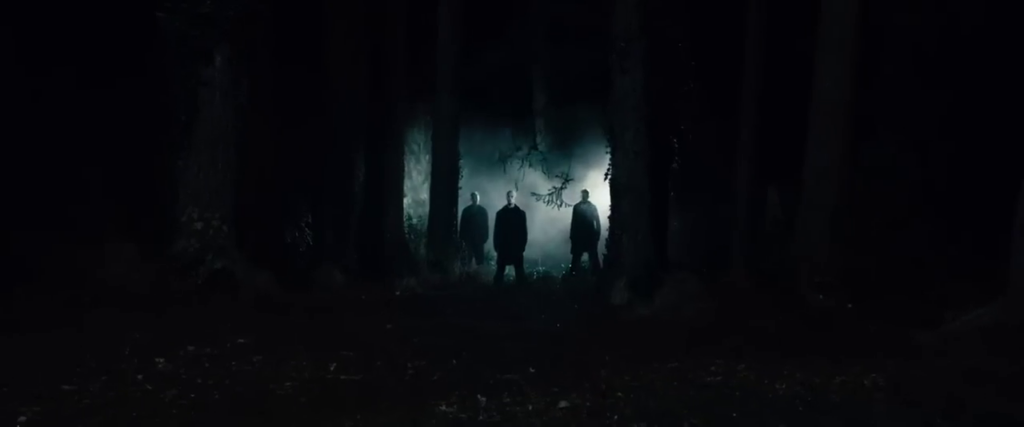
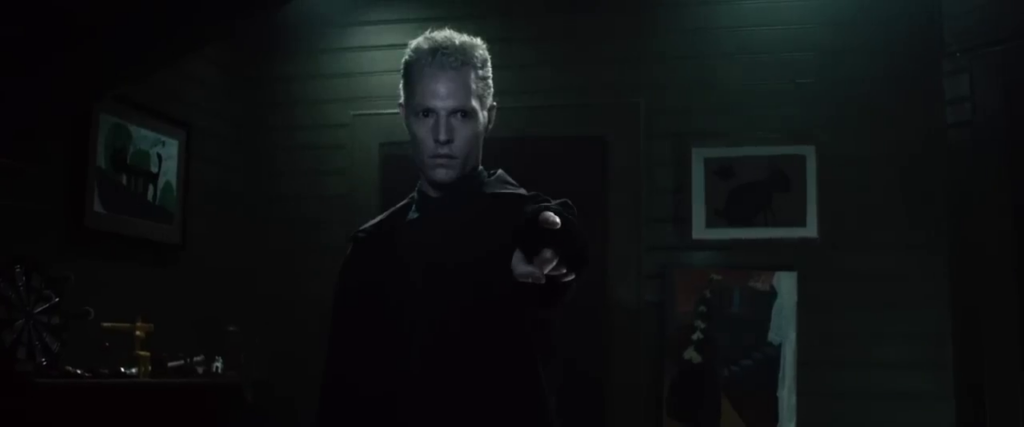
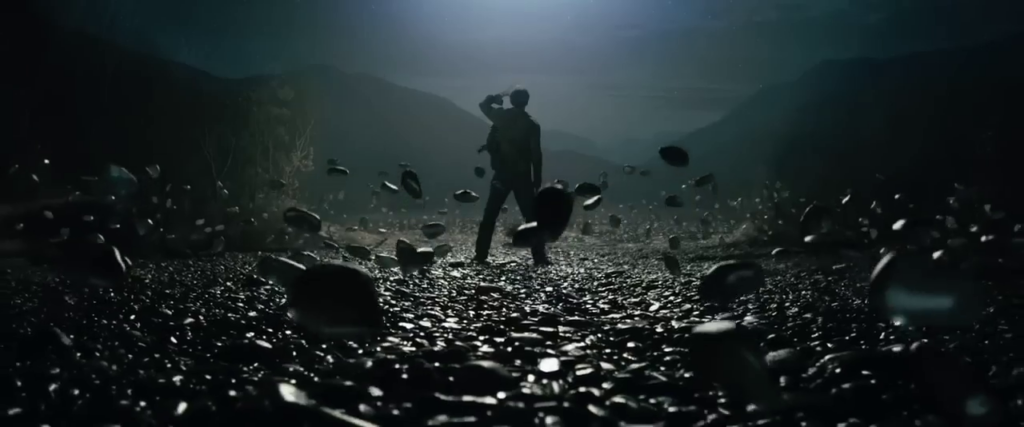
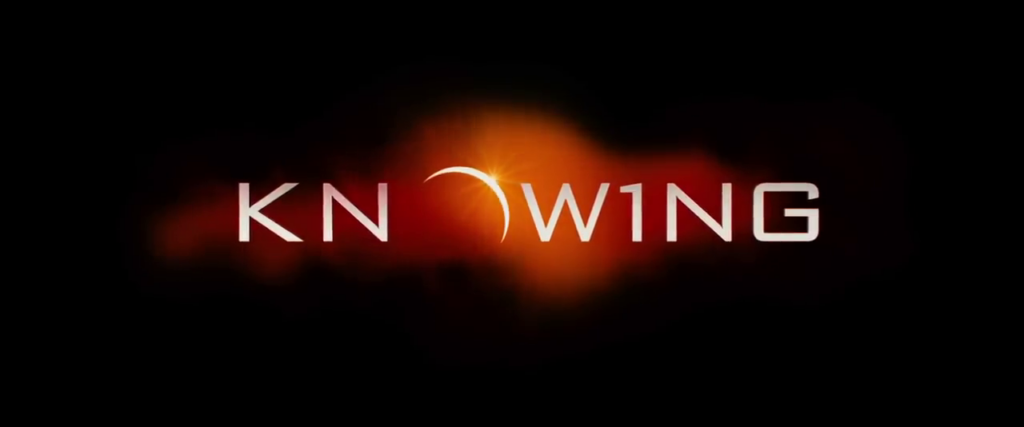
Knowing (2009)
Film review #630
Director: Alex Proyas
SYNOPSIS: A fifty year old time capsule is dug up at an elementary school, and each child gets a picture placed inside of what they think the future will look like. One child, Caleb, gets some sheets of paper filled with numbers. His Father, John, notices that the numbers correspond to the dates of disasters and how many people died. When the numbers predict upcoming disasters and the end of the world too, John must find a way to keep his son safe…
THOUGHTS/ANALYSIS: Knowing is a 2009 sci-fi film. When a fifty-year old time capsule is dug up outside an elementary school, pupil Caleb Koestler receives a letter from inside filled with numbers. His Father, MIT Professor John Koestler, notices that the numbers correspond to the dates of disasters and the numbers killed. With similar disasters predicted in the numbers, John races against time to try and stop them. Thrown into the mix is the death of John’s wife over a year ago still hanging over him, a strained relationship with his parents, a philosophical quandary between determinism and randomness, and the end of the world. There’s a lot going on here. The problem with all this stuff floating around is that nothing really coheres into a central core of the film. There seems to be no real drive about what to do with the information contained in the numbers. Obviously John tries to stop the events from occurring…well, one, but then the film pivots to just accepting that it can’t be stopped, resulting in an ending that just really throws out any kind of mystery and intrigue and kind just…accepts fate, leading to abrupt resolutions of different aspects that aren’t particularly satisfying. I guess the main thread through the film is meant to be the relationship between John and his young son, but this never really develops in any way, alongside lead actor Nicholas Cage’s usual uneven ability to deliver emotional moments. Any time the film tries to express this relationship, it just feels very forced.
The whole philosophical debate between randomness and determinism is not explored in any great detail, and it’s barely addressed beyond the opening. The film does hit you over the head a bit with making John an MIT Professor on randomness and determinism, and it feels like there’s little room for nuance. There’s a few good scenes in here that grasp these disasters well, but it’s difficult to really link them all together. There just doesn’t seem to be anything to do or anywhere to go with these numbers beyond the fact that they have predicted things that happened. The film gives us some big disaster set pieces which have a good sense of destruction and chaos, but are let down by poor CG. The final act of the film flips the story on it’s head, and decides that the aim is not to predict and stop disasters, but to actually end the world and just accept it. This isn’t something that’s really built up in the film, and just undoes any work it put in. Having a certain amount of ambiguity with the “Whisper People” doesn’t really work either, and just what could be a grounded, serious drama and just adds nondescript aliens where they’re not needed.
Overall, Knowing doesn’t seem to know what it is or where it is going. It fails to deliver on an emotional drama between a Father and Son, and fails to impress with it’s philosophical footing on the debate between randomness and determinism. A few good scenes and moments whose impact are undone as the film loses its way towards the finale.
-
#619 – District 9 (2009)
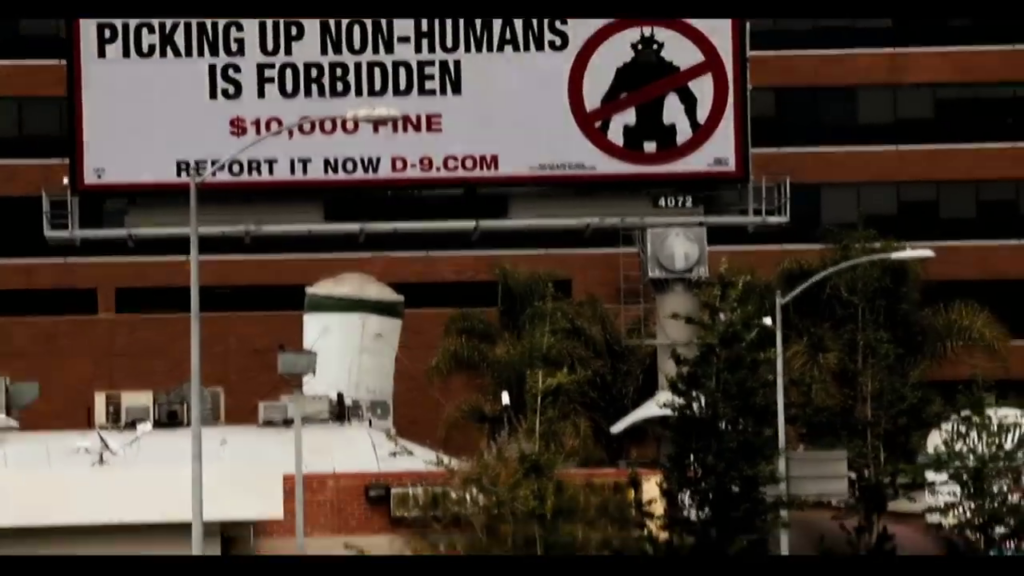
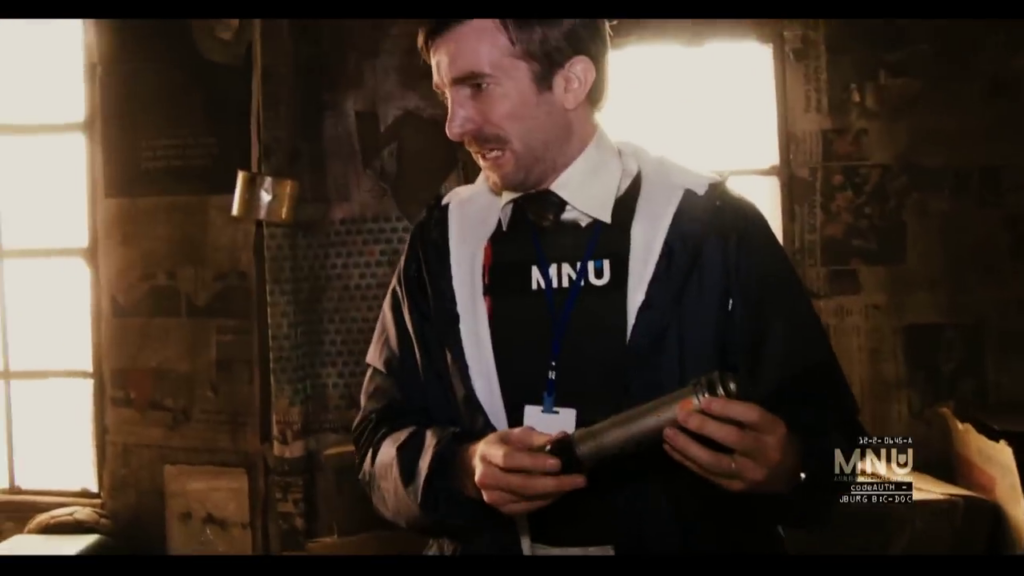
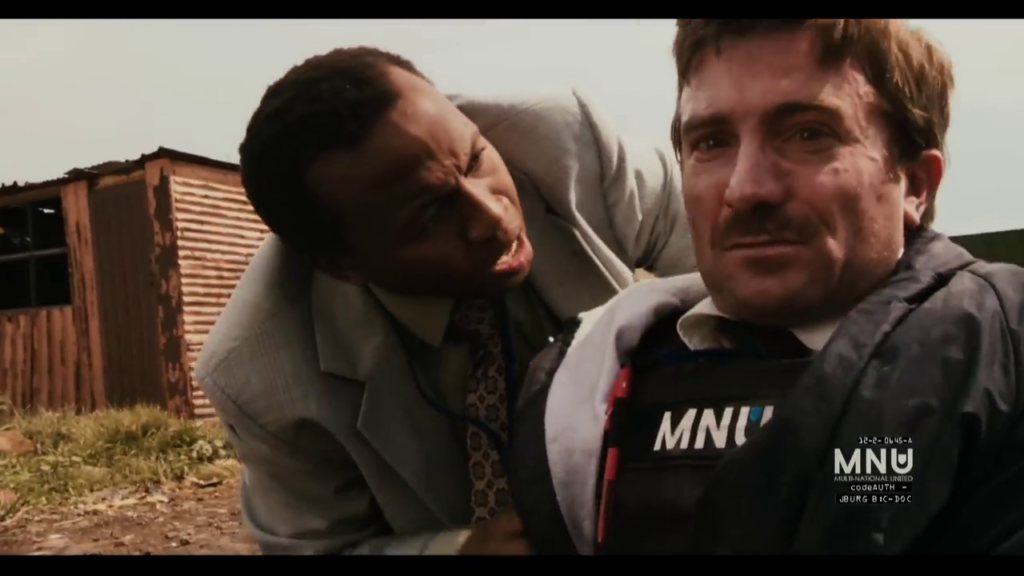
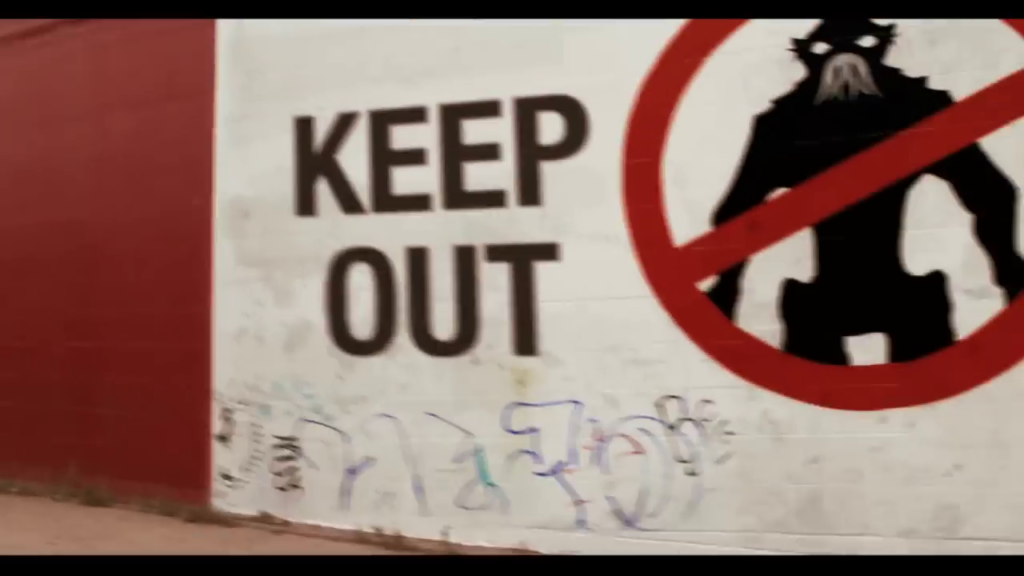
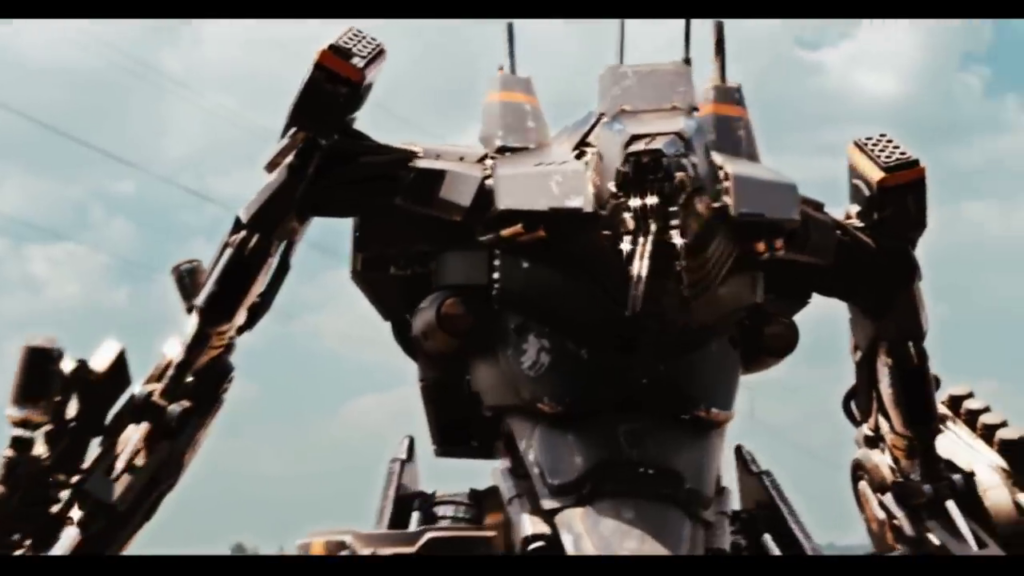
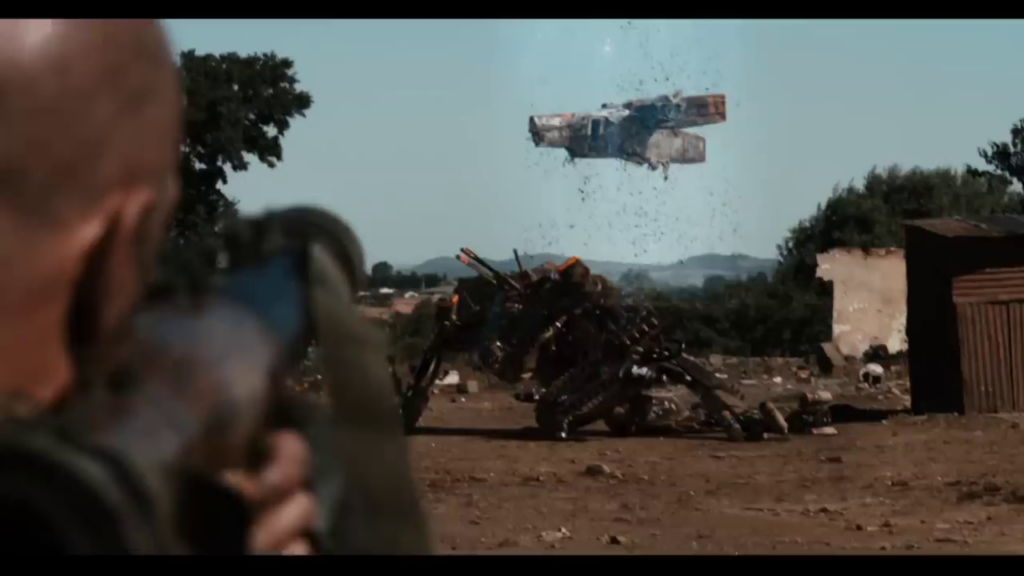
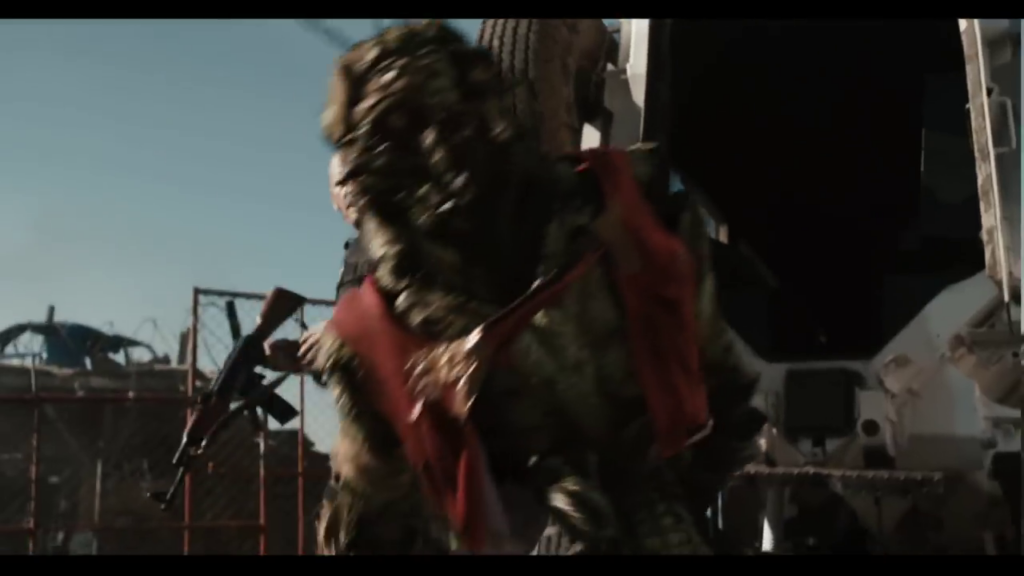
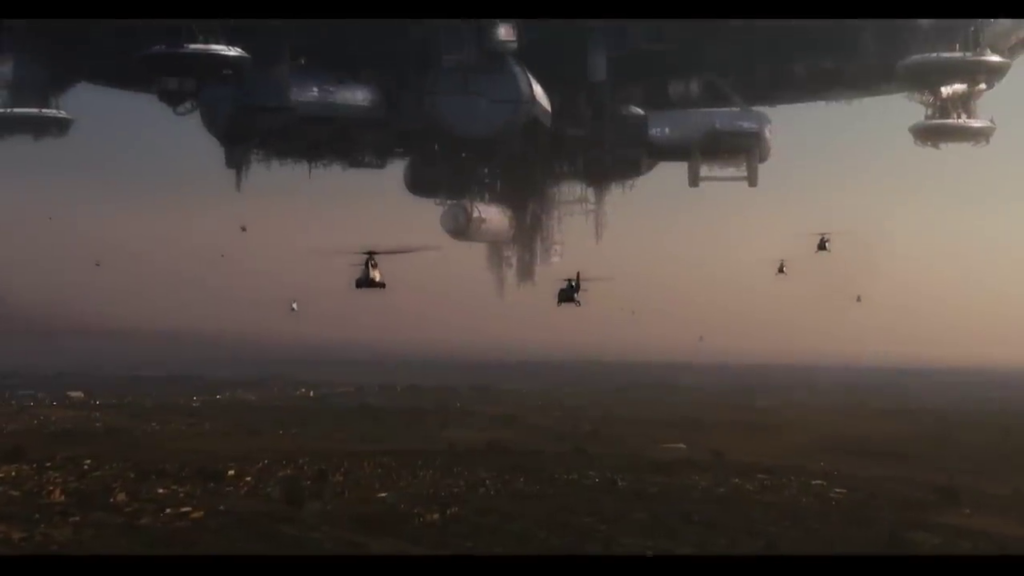
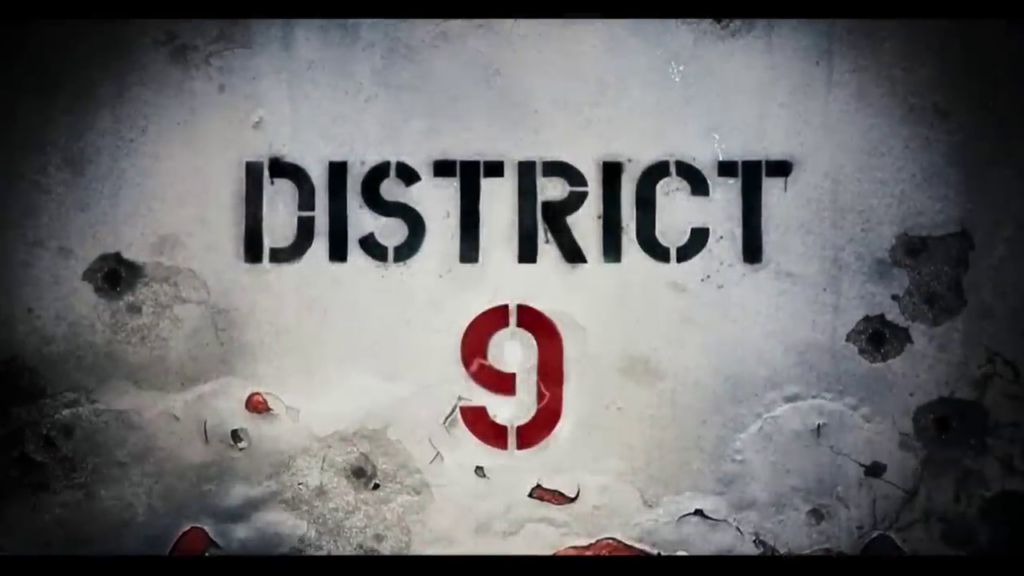
District 9 (2009)
Film review #619
Director: Neill Blomkamp
SYNOPSIS: 28 years after an alien ship arrived on Earth hovering over Johannesburg, the alien inhabitants are confined to a section of the city known as “District 9.” When the decision is made to “relocate them (forcibly) into a new camp outside of the city, Wikus van de Merwe is put in charge of leading the relocation, but when he is exposed to a strange substance, he finds himself slowly turning into one of the aliens, and is confined to be experimented upon. When he escapes, he seeks the only place where no one will look: district 9…
THOUGHTS/ANALYSIS: District 9 is a 2009 sci-fi film. 28 years after a spacecraft arrives to Earth, stopping to hover directly over Johannesburg. The alien inhabitants were cut free and settled in a sealed-off region of the city known as “District 9.” Now, after resentment has grown by humans for the “prawns” living in the city, seeing them as responsible for crime and costly, the government has decided to relocate them to a camp outside of the city, and hired weapons company Multinational united (MNU) to oversee the relocation. The head of the company chooses his son-in-law Wikus van de Merwe to oversee the operation, and they begin the task of delivering notices of eviction to the residents (and relocating them whether they agree or not). Wikus is exposed to a strange substance that slowly turns him into a prawn, which leads to him being contained and used for experiments (particularly in using the alien’s weaponry which only they can use). The film’s method of storytelling and giving the backdrop to the film through reports, interviews and documentary footage is a bit chaotic but it nevertheless gets the background of what is going on well, and makes it interesting without devolving into just plain exposition. Being set in Johannesburg brings us a setting different from the usual settings of films in New York or Los Angeles, and the location obviously brings up echoes of apartheid with the prawns being fenced off from humans. The film doesn’t really lean too much into that though: maybe it’s fine with just the setting being enough to offer an analogue between fiction and reality, but it does feel like it’s something that should be more of a focal point given the setting, but isn’t. There’s an element of satire that pervades over proceedings, which complicates things further, but the film is put together in such a way that you don’t need to understand all the different levels it is operating on.
The film is at it’s best when it offers a raw storytelling, told through all the different types of footage, offering flashes of lore and plot points from all angles that comes together quite nicely. The raw, messiness of the events of the film disrupts a more clean, sterile narrative, and keeps the stakes high. On a negative note, the film does have to fall into very cliché action scenes at points to move things along, which feel very out of place. The scene where Wilke escapes from the lab where he is held makes it seem a bit too easy, given that he was being held under maximum security, he manages to run up some stairs and out into the world with very little issue.
Wilke as a character starts off as a pencil-pusher promoted way beyond his ability, thanks to his Father-in-Law giving him the job (and maybe to take the blame for anything that inevitably goes wrong, the film leaves that open). Wilke seems to have a typical attitude to the alien “prawns,” in that he clearly has a negative view of them. His attitude towards them, interestingly, doesn’t really change much, even when he is turning into one himself, and he relies on them for help: he is always only thinking about himself. He doesn’t really get much of a redemption arc, but he is certainly a victim of humanity, but in a different way to the prawns themselves. It’s murky and not clear-cut but I suppose that’s what makes it stand out in the sci-fi genre. The prawns themselves are quite convincingly portrayed and brought to life, and though we’re not given too much backstory about them, we don’t really need it to understand their motives.
Overall, District 9 offers something original enough in the genre, weaving together complex elements and footage to disrupt a typical narrative and brings its messiness to the forefront of the experience, without alienating the viewer. It’s chaotic and messy, but clearly intentionally so. There are definitely parts where the film has to resort to more typical filming techniques and narrative points to bridge the gaps, but on the whole it offers enough to make it stand out in the genre, and entertaining enough regardless of how far you wish to dive into the satire and the sub-text of the story.
-
#609 – Darkest Hour (2009)
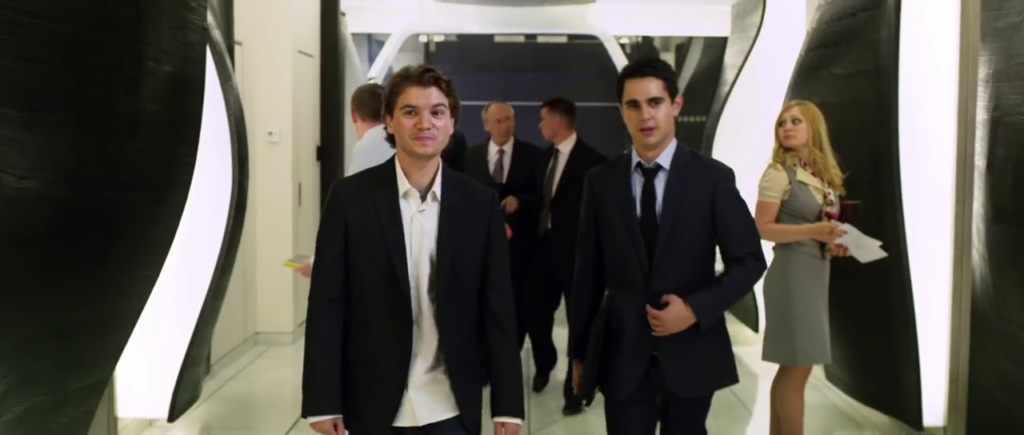
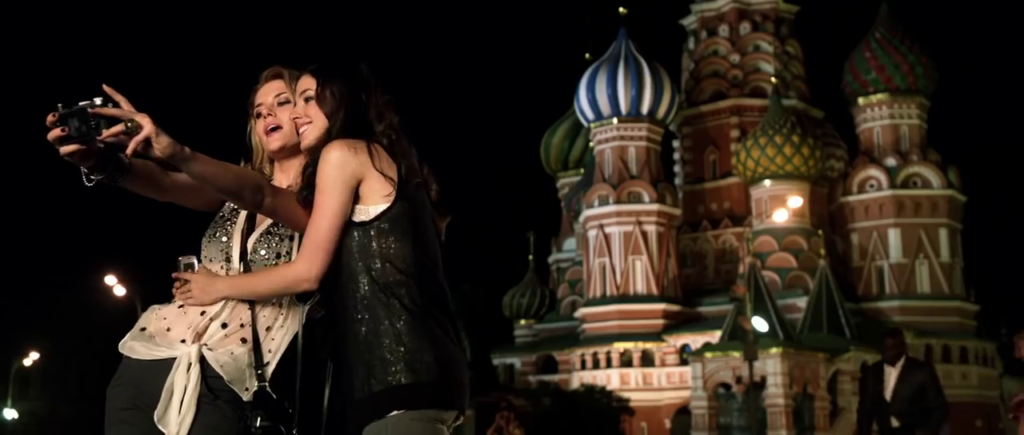

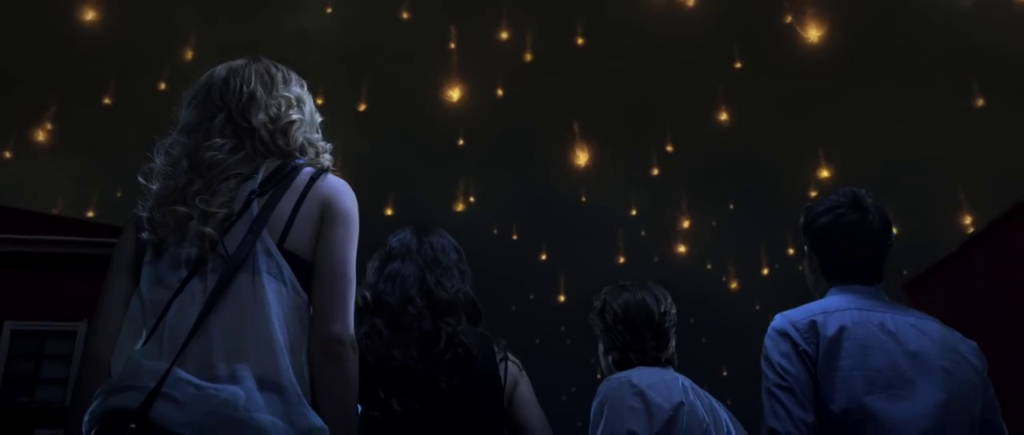

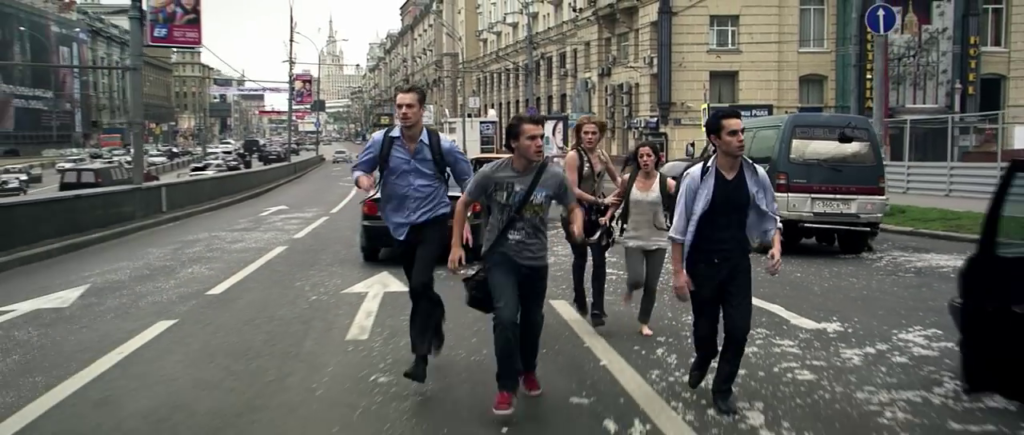
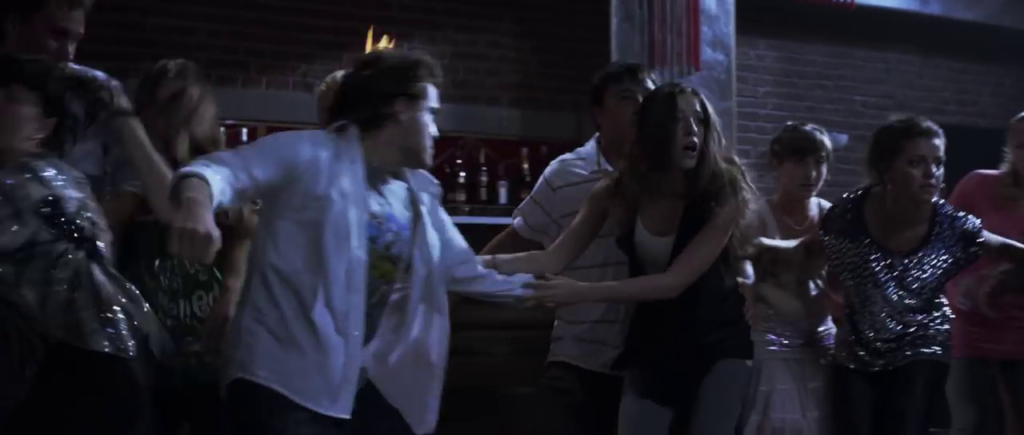
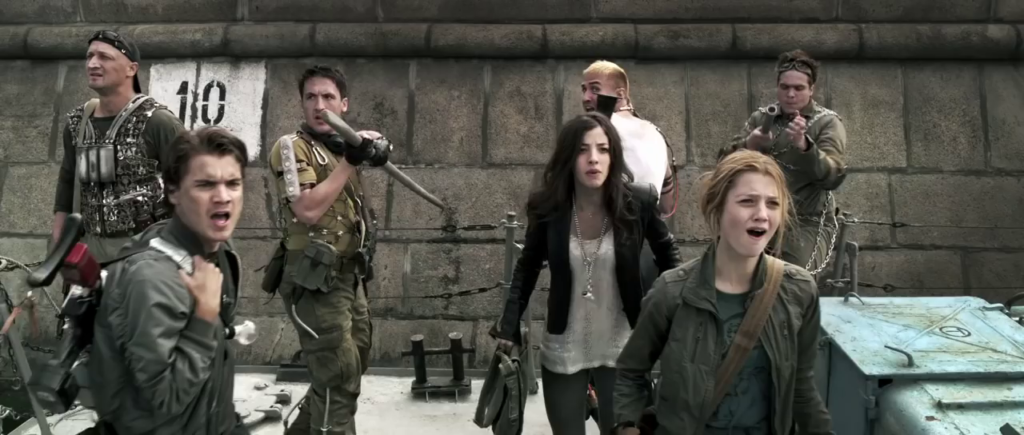
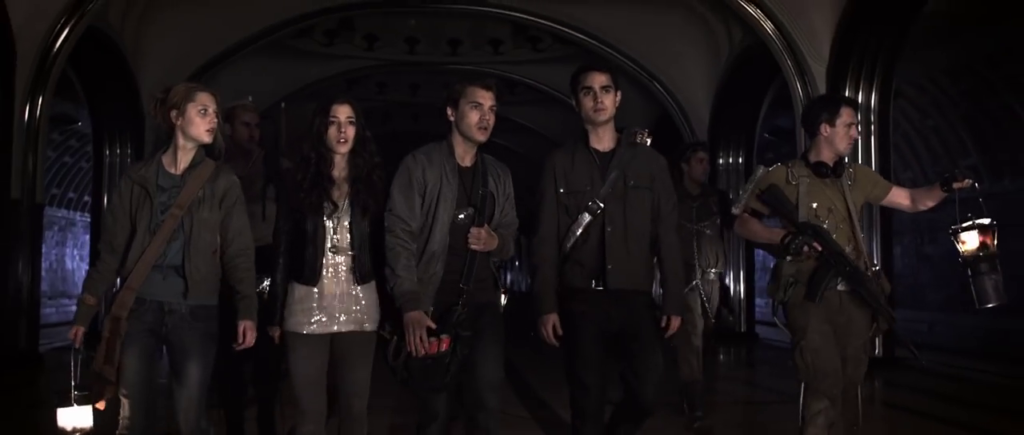
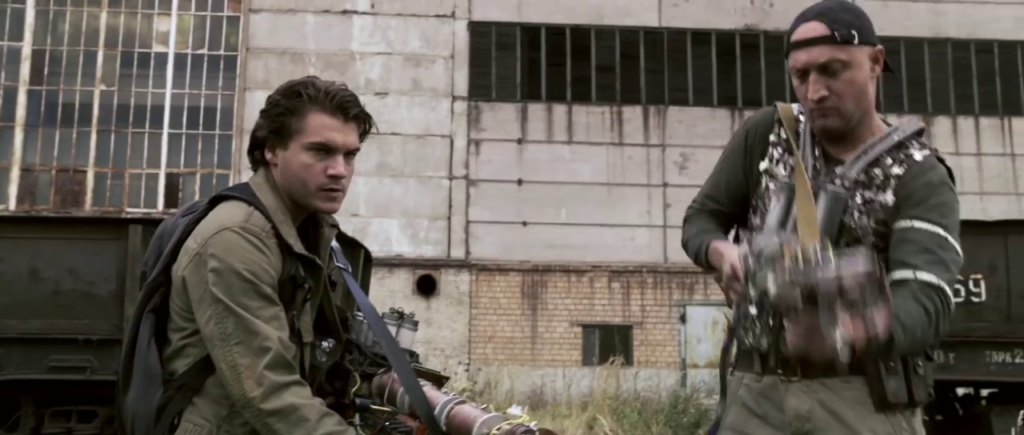
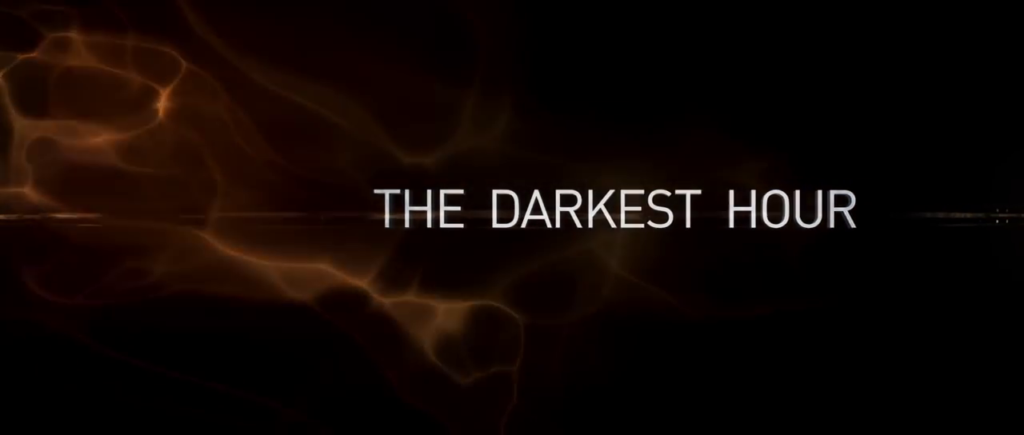
The Darkest Hour (2011)
Film review #609
Director: Chris Gorak
SYNOPSIS: Two American entrepreneurs travel to Moscow for a business deal. When they find that their business partner has sold them out, they go to a bar to drown their sorrows, meeting two other American tourists there as well. While there, an alien invasion gets underway and everyone flees as the aliens hunt them down. Managing to hide underground for a few days, the survivors emerge and try to make their way through Moscow, all the while avoiding the aliens that are roaming the city…
THOUGHTS/ANALYSIS: The Darkest Hour is a 2011 sci-fi alien invasion film. In the opening, we see two American entrepreneurs, Sean and Ben, travelling to Moscow for a business deal. When they arrive, they find their business partner, Skyler, has already sold them out and cut them out of the deal. Going to a bar, they meet two American women who are visiting Moscow on holiday. Their party is cut short though, when an alien invasion gets underway, and they begin disintegrating humans. The four Americans, along with Skyler (who just happens to be at the bar too), manage to hide underground, and after a few days, emerge to try and get to the American embassy. To do so, they must navigate the deserted streets of Moscow…well, deserted apart from the invisible aliens prowling the streets anyway…
The film is very much a typical alien invasion/survival film, with a group of ‘ordinary’ people just trying to survive the post-invasion world. The only real unique thing about the film is that it’s set in Moscow, rather than a more typical U.S. setting, but this doesn’t really offer anything interesting for the plot. We get plenty of shots of an abandoned Moscow, but none of the film’s action scenes take place there, which is a missed opportunity. As the group moves through the city, they meet other people and learn a bit more about the invasion, doing all the typical beats and plot points you would expect. The film does keep you on your toes with who is going to live or die as well, always leaving itself open to a sharp turn.
The characters are perhaps the big thing that really drag this film down. From the start, the characters come across as unlikable. Sean and Ben are laddish techbros whose banter is insufferable. Natalie and Anna, the two female leads, aren’t much better. Their turn-around into survivors is a bit of a leap and they almost feel like completely different people. Ben particularly is someone who does not seem like the heroic leader he becomes at the start. The supporting cast fulfil their roles, but that’s about it. There’s no real attempt to develop the character’s personalities, back stories etc. and it is unbelievably dull watching them wander around aimlessly. On top of all this, the acting is so flat and bland that means it is impossible to feel anything but disdain towards these characters.
The aliens themselves are invisible, which conveniently means we never get to see them, or other characters interact with them. The brief glimpses we do get of them show some very average looking CG lacking spectacle or detail. The motives of the aliens is also left very much unexplored, other than they are on Earth seemingly to strip it of minerals. This isn’t so much of a problem, because you don’t expect survivors to try and work out motivations when they’re trying to survive, but the film needed something for the viewer to get into. As it stands though, The Darkest Hour is a drab and bland venture that, despite the more unique setting, fails to grab viewers attention thanks to it’s one-dimensional characters, flat acting, and a general lack of anything interesting happening on screen.
-
#606 – Summer Wars










Summer Wars (2009)
Film review #606
Director: Mamoru Hosoda
SYNOPSIS: Kenji is persuaded by classmate Natsuki to visit her family with her; posing as her boyfriend for the approval of her grandmother, who is celebrating her ninetieth birthday. As if that wasn’t enough trouble for Kenji, he inadvertently sets off a virus in the OZ network, a digital network that governs most of daily life, causing a rampant AI to seize control of people’s accounts, and control of many systems in the world, causing him to be a suspected criminal…
THOUGHTS/ANALYSIS: Summer Wars is a 2009 anime film. Kenji, a high school student and part-time moderator for the OZ, a digital network that spans the entire globe and almost all aspects of daily life. He is persuaded by fellow student Natsuki to visit her Grandmother, and pose as Natuski’s boyfriend at a family gathering for her Grandmother’s ninetieth birthday. As all of these shenanigans are unfolding, a rogue AI has infiltrated OZ, and is slowly taking control of systems all over the world, with Kenji being a suspect in the attack as he inadvertently solved a decryption key without knowing what it was for. The film is a combination of this slice-of-life melodrama, with the more dramatic and wide-reaching effect that this rogue AI is having. The film places them both on equal footings, and balances them fairly well; interweaving the two into a considered tapestry that ties the fate of the characters to what’s happening in the film as a whole. The threats are threatening thanks to some neat designs, and the family has a messy feel to it, but feels full of life, again just like how you would expect a large family to interact when they’re all placed together.
While the film has a positive reception from a lot of people, there are definitely some blind spots which hamper enjoyment of the film for me. Firstly, the main characters, Kenji and Natsuki, are very bland, and don’t bring much unique much to the film in terms of their own personalities and quirks, and as such, they are a bit cliché. They also don’t have that much time on screen together, so it’s a bit awkward when the film tries to push them together for more emotional scenes. Another issue I had is that the characters don’t really contribute that much to the action scenes in OZ: the Ai just does it’s own thing most of the time without much interference and a few fight scenes, and I felt like this connection between the two realms could have been developed in a stronger manner. The film is, as you might expect, heavily embedded in Japanese customs and traditions, but I don’t think you need too much knowledge of them to enjoy the film, but knowing what the card game Koi-Koi is, for example, would certainly be beneficial for understanding what’s actually happening in the film’s climax, but you can get the gist of what’s happening without it.
The animation and visuals are pretty good, with the world of OZ being colourful and fluid. The “real world” contrasts this with a more simple and faded colour palette and style which works well to contrast, but perhaps that extra bit of detail would have been nice to get across the character’s feelings and actions, which as mentioned is one of the film’s weaker points. The film bears a lot of similarities to one of director Mamoru Hosoda’s previous films based in the Digimon franchise: Digimon Adventure: Our War Game very similarly had the main characters have to defeat a rogue digimon that was taking over systems through the internet, and Summer Wars does feel very similar to that. The studio which made this film also made The Girl Who Leapt Through Time previously, which was a huge hit, and similarly combined a slice-of-life drama with more fantastical elements. However, Summer Wars doesn’t have the emotional weight that TGWLTT placed on it’s characters, and fails to reproduce that magic: maybe a rogue AI on the internet (or OZ) just doesn’t seem that fantastical of a concept compared to time travel, and so the different elements of Summer Wars just don’t produce a more exciting reaction when they’re mixed. Summer Wars is not a bad film: it’s well crafted and considered, and balances it’s different elements well, but the blind spots I have mentioned with regards to the characters and such are a bit too prevalent for me, and overshadow a lot of the film’s positive points to dampen them just enough to leave a lasting impression of something flawed amidst the good that the film does.
-
#605 – Redline (2009)
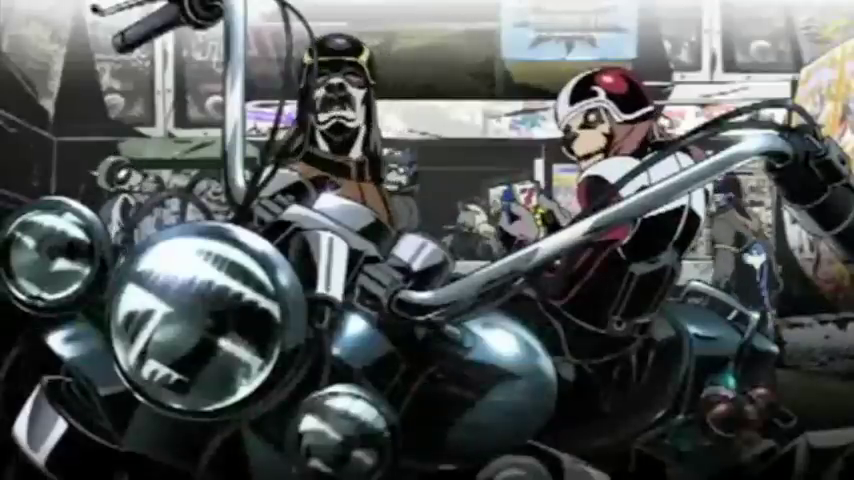
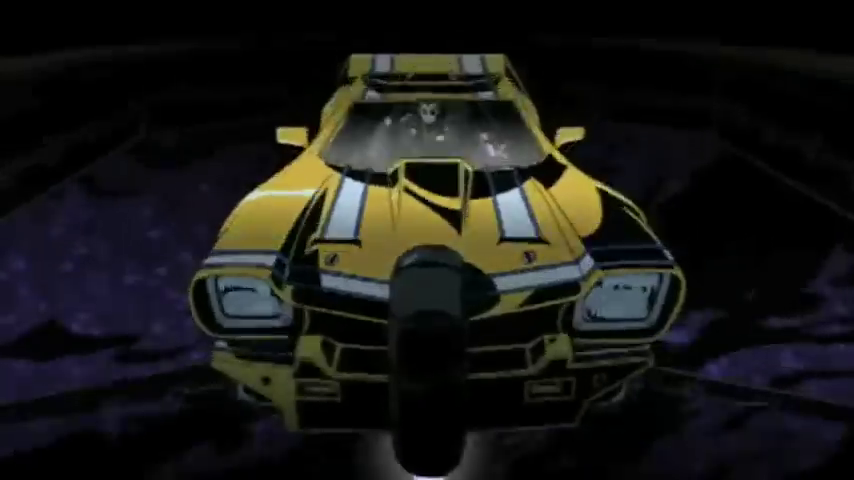
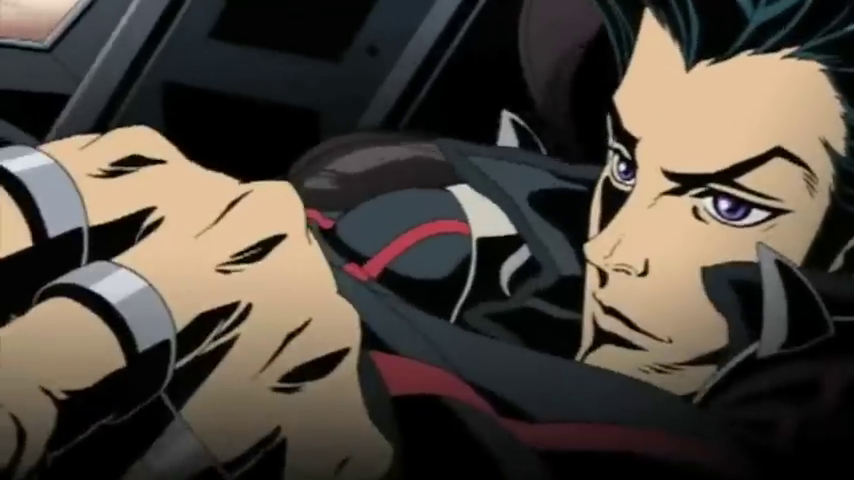
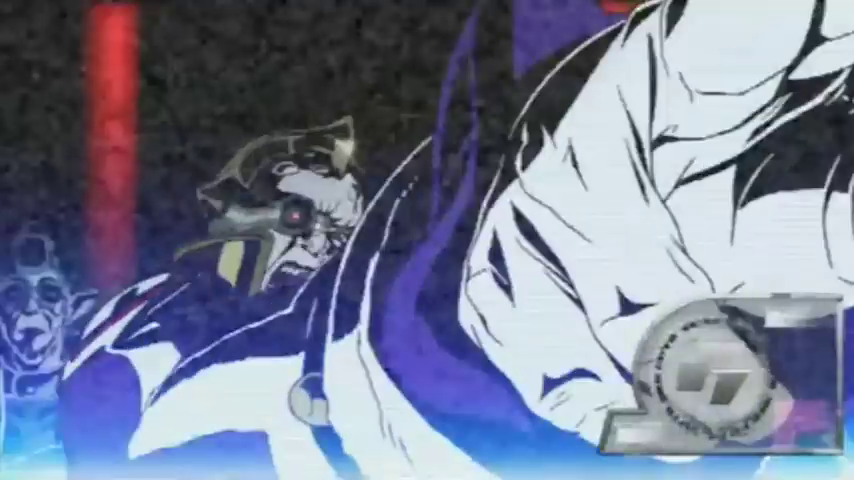
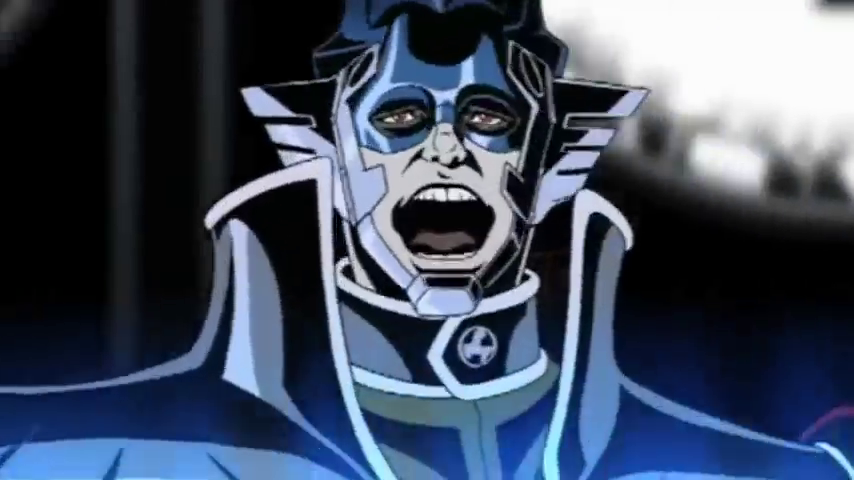
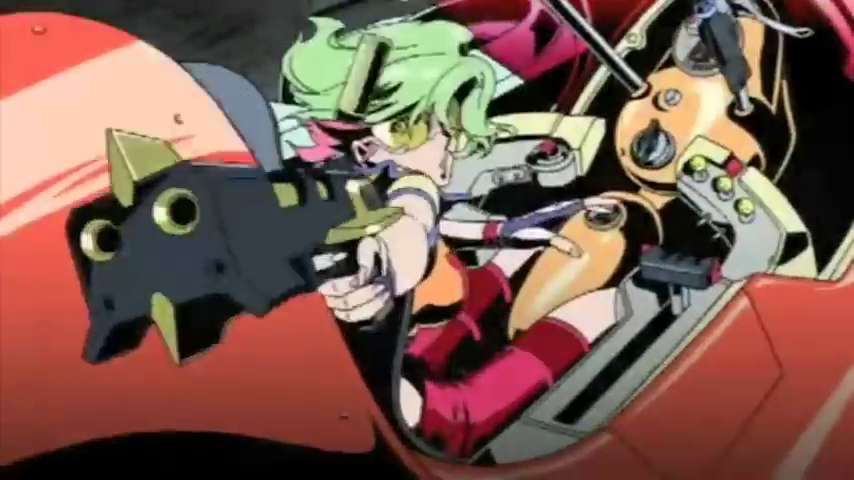
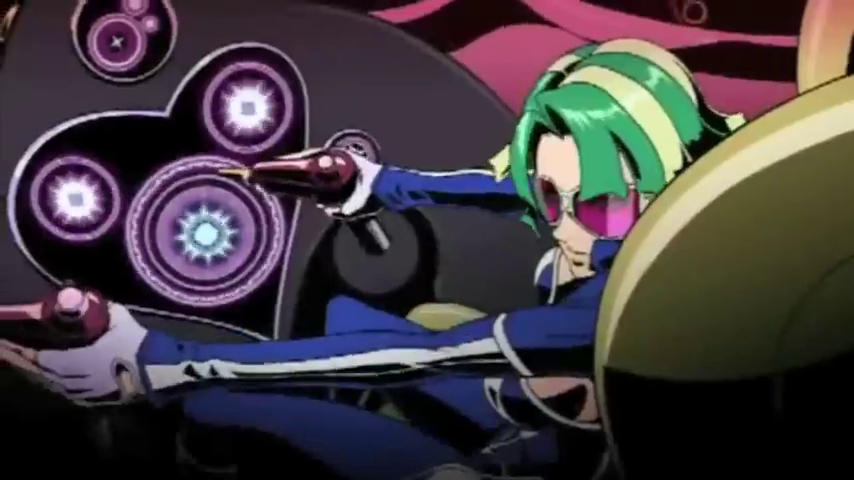

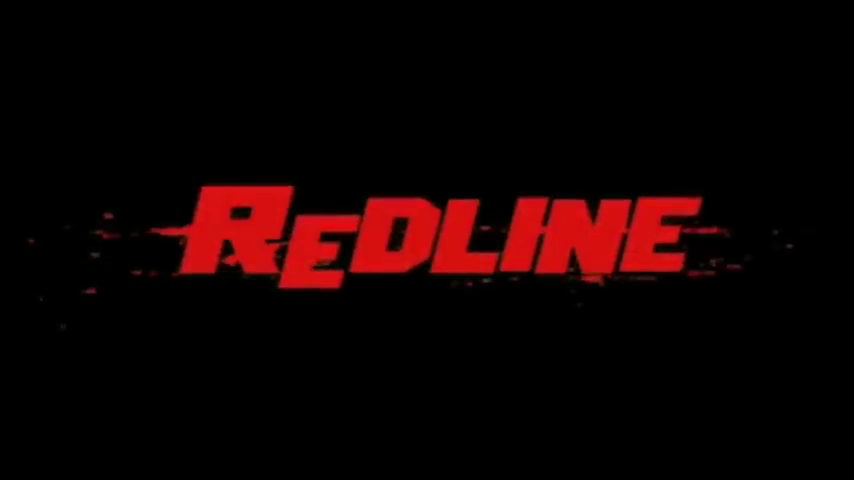
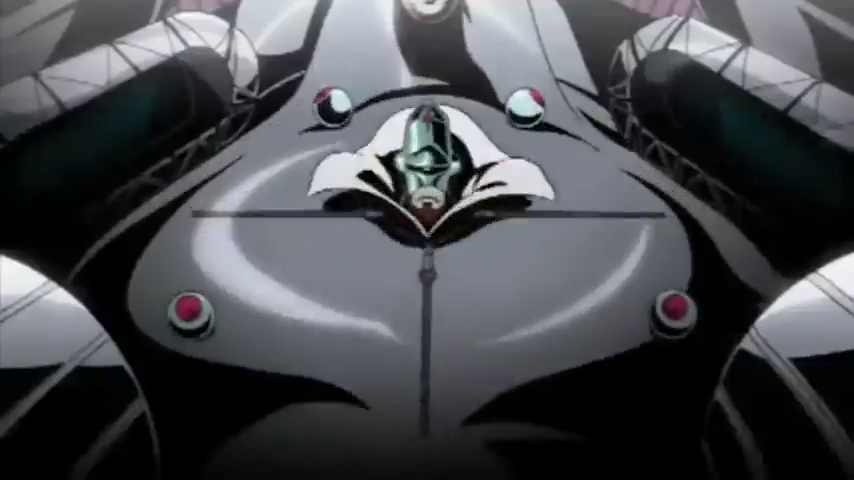
Redline (2009)
Film review #605
Director: Takeshi Koike
SYNOPSIS: In the future, the most thrilling race in the galaxy is held every five years. racer JP manages to qualify for the race after other competitors drop out, and must risk his life in the ultimate race…
THOUGHTS/ANALYSIS: Redline is a 2009 animated sci-fi film. The film is set in the future, where the ultimate race in the galaxy has competitors fight to the finish line by any means necessary; risking their lives to achieve fame and riches. One of these racers is JP, who manages to qualify for the redline race, even though he crashed out of the previous race, since other racers withdrew because of the race taking place on Roboworld, where the the rulers will attempt to stop the race by any means necessary. The film starts off with the preliminary race and we immediately get the full force of the movie: high speed and explosion that never misses a beat. This is where the film’s strengths really shine, as the animation is smooth, colourful, and detailed. The film is composed of over one hundred thousand hand-drawn frames, and is quite an feat to pull off, however it certainly seems worth the effort.
The weakness in the story comes in the middle part of the film, where there is no racing, and the film relies on character interaction and development. This isn’t completely void of interest, but it does feel like the film is padding itself out a little before the big race, and there’s no real impactful relationships between the characters. There’s some hint of a past between JP and Sonoshi, another racer in the redline race, but it’s never really resolved or impacts the story, which is odd. The romance element again doesn’t feel earned between them. When the racing picks up again though, you’re treated to an intense display of speed, action and well choreographed set pieces that will make you quickly forget all of that. The influence of futuristic video games such as Wipeout and F-Zero are also easy to spot, as the high speed, high stakes racing combined with the colourful and varied character designs such as you might see in F-Zero, add some real variety and visual appeal to the film, even if you’re not really given much backstory to their characters or the universe in general.
Overall, Redline is at its best when is being a general assault on your senses: when it’s fast, loud and violent, it’s captivating and a thrill to watch. The set pieces, pacing, and scale again give the film an epic feel. The film does slow down a bit during the middle, and fails to really cement much character development or raise the stakes personally for them. None of that really matters much though, as the film shines where it needs to when the race is on and the action is high.
-
#588 – Crawler (2009)

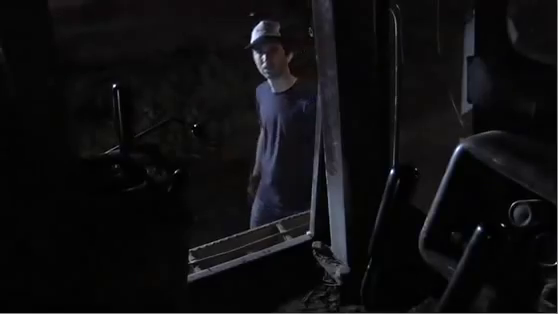
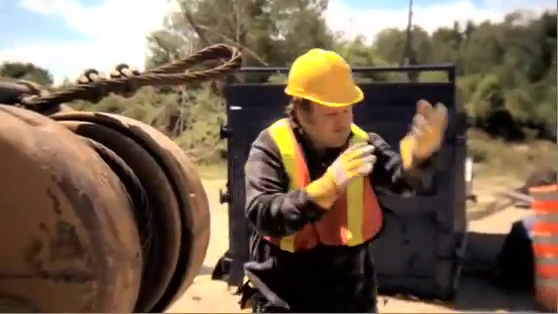


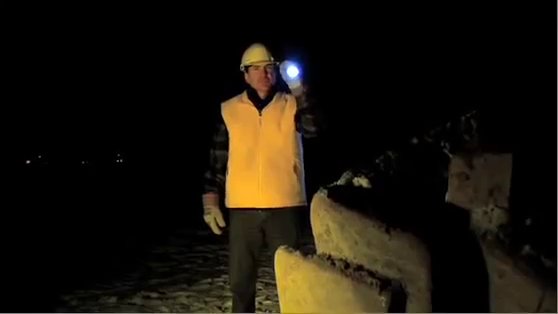
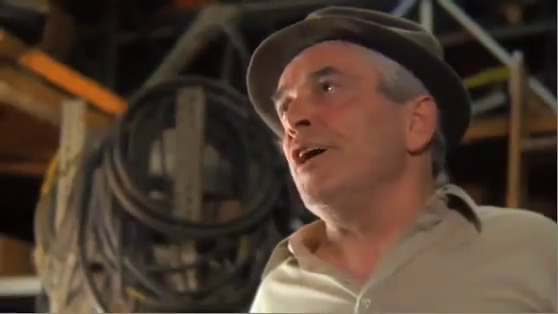
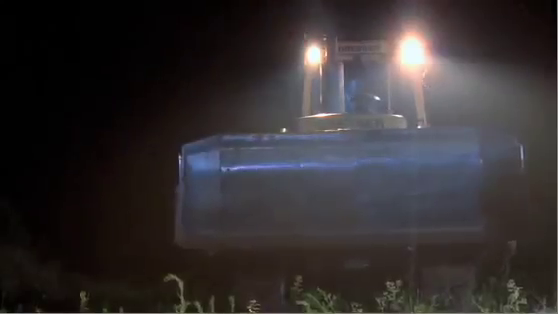
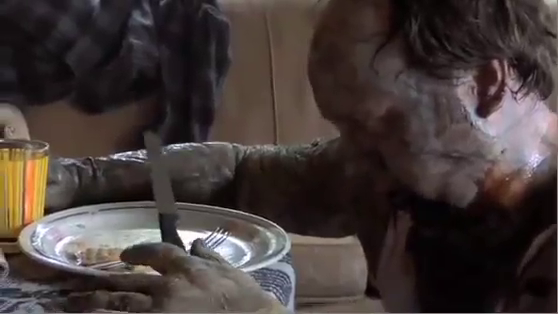
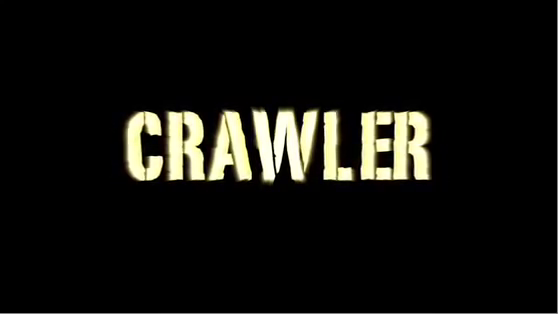
Crawler (2009)
Film review #588
Director: Sv Bell
SYNOPSIS: A construction site hires a bulldozer, but due to a mishap, they get sent the wrong one. When strange things start happening on site and people start disappearing, it seems that, somehow, this bulldozer is at the centre of it all…
THOUGHTS/ANALYSIS: Crawler is a 2009 sci-fi horror film all about a killer bulldozer. The whole concept might sound absurd, or it actually might sound familiar, as the 1974 TV movie Killdozer centred around the same concept of a killer piece of construction machinery. This time, a bulldozer is hired for a construction site, but because the driver was late picking it up, it went to someone else. Desperate, the guy tries to convince the guy to rent him another one which is apparently not available for rent. The next day, the bulldozer shows up at the construction site, with the driver nowhere in sight. When a number of strange happenings occur at the site, the workers suspect, however implausibly, that the bulldozer is somehow involved. The plot works it’s way up very slowly, comprising early on of scenes of dialogue between characters that fail to ingratiate themselves to viewers or stand out in any real way. It is worth remembering that the whole thing is a little tongue-in-cheek and knows it has limits, but it nevertheless plays it straight throughout. The concept of the killer dozer is unique enough (save for the aforementioned TV movie), and the film does eventually develop along lines you might not expect, but there’s nothing too memorable about the story.
The strengths of the film are in the practical effects: the alien elements are fairly detailed, and the gore is pretty convincing, although it often looks like unrecognisable mush. The weaknesses of the film stretch from the monotone delivery of the lines from the acting, to the poor lighting and editing of action scenes which is composed of random short cuts that fade in and out, and disrupt any sense of flow. The bad certainly outweighs the good, and overall Crawler, while having a few good points, has little going for it either in being so-bad-its-good, or actually creating a a decent horror story. A severe lack of tension and urgency, both due to the sluggish pace of the film and the flat delivery of the actors, make it a dull and uninspiring experience.
-
#502 – Alice’s Birthday (2009)
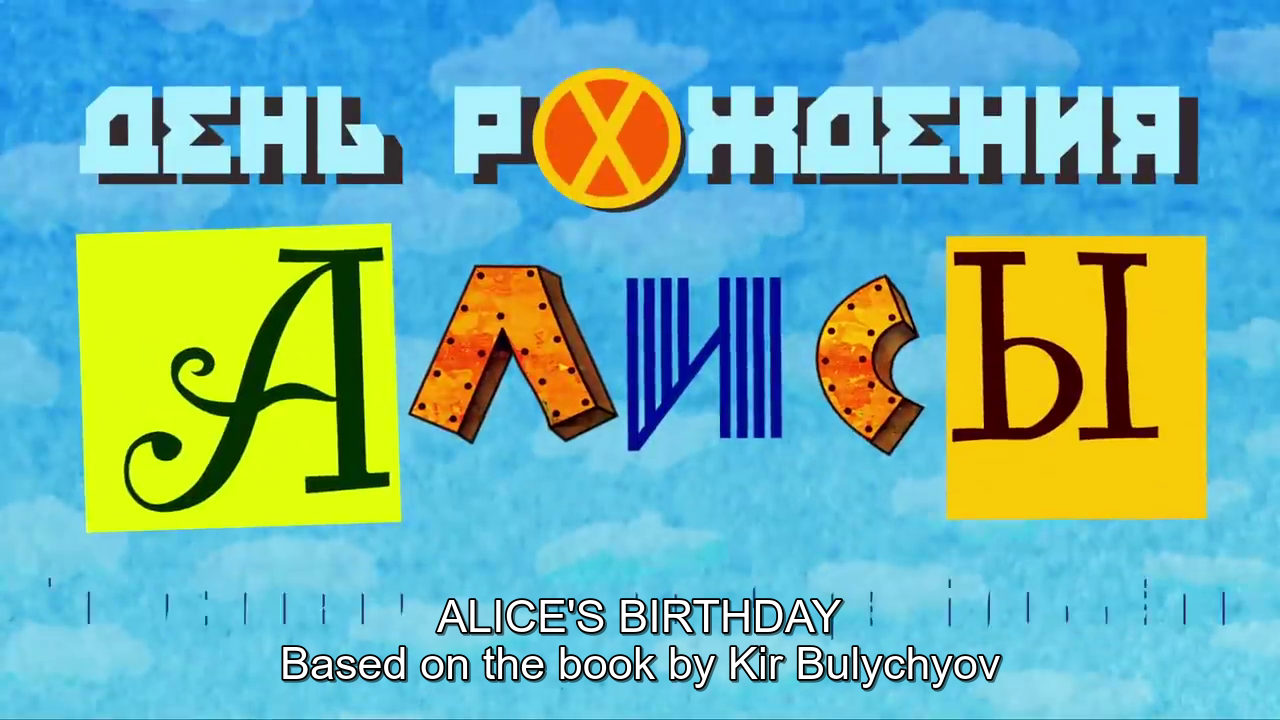
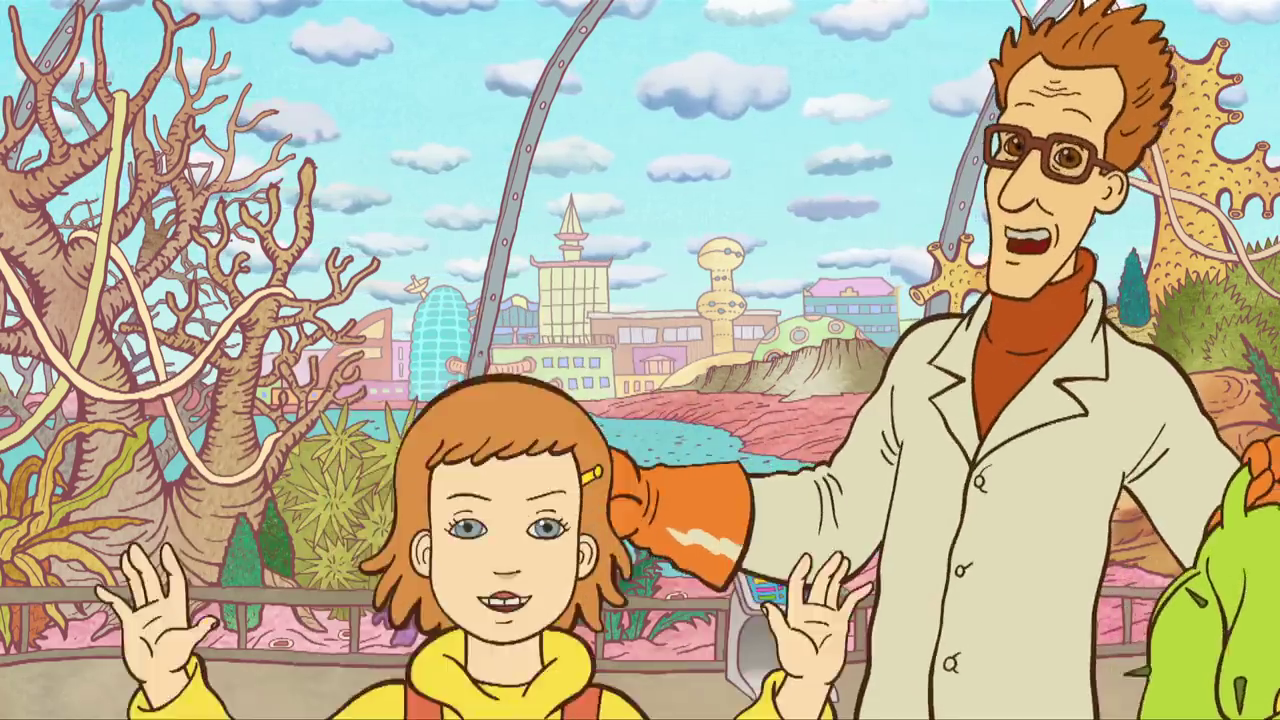
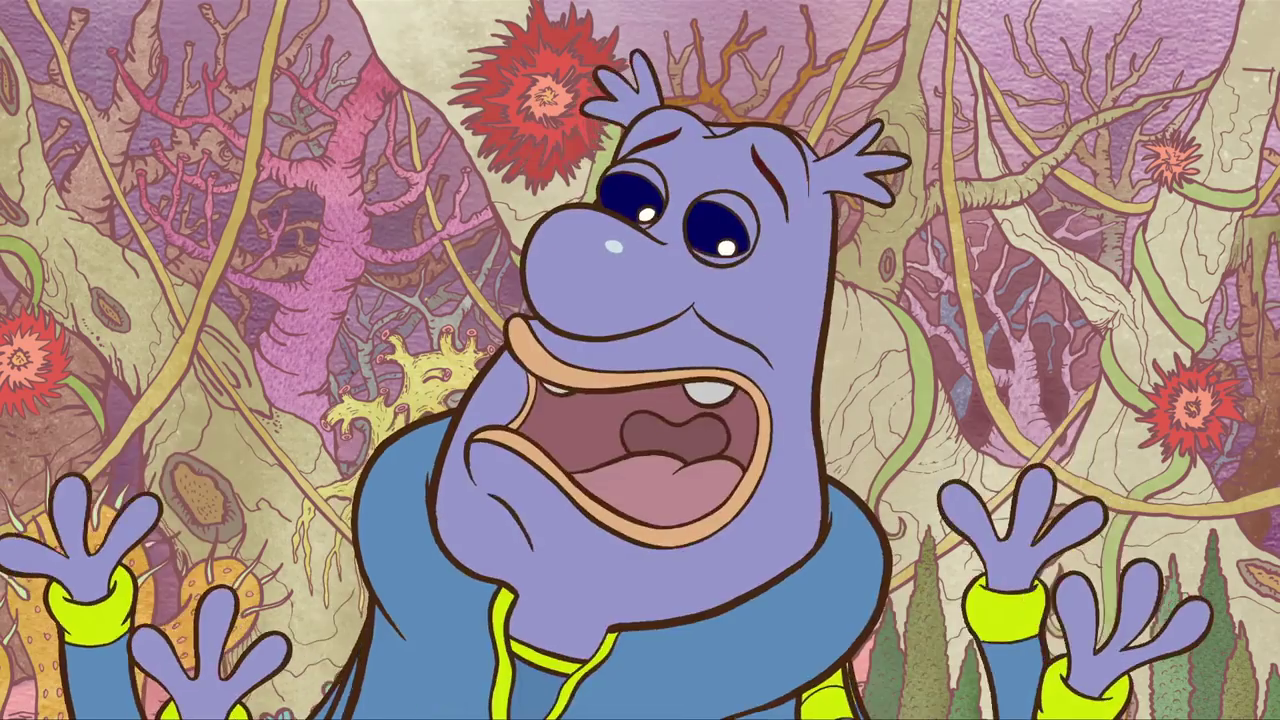
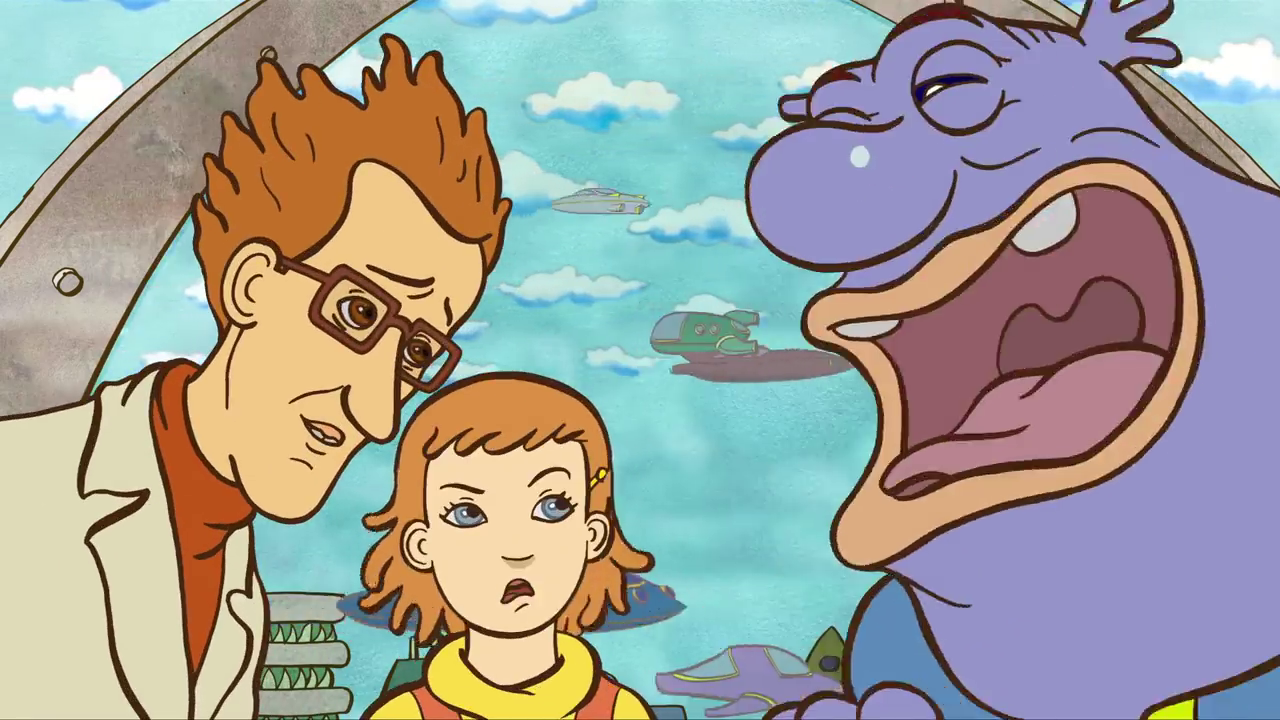
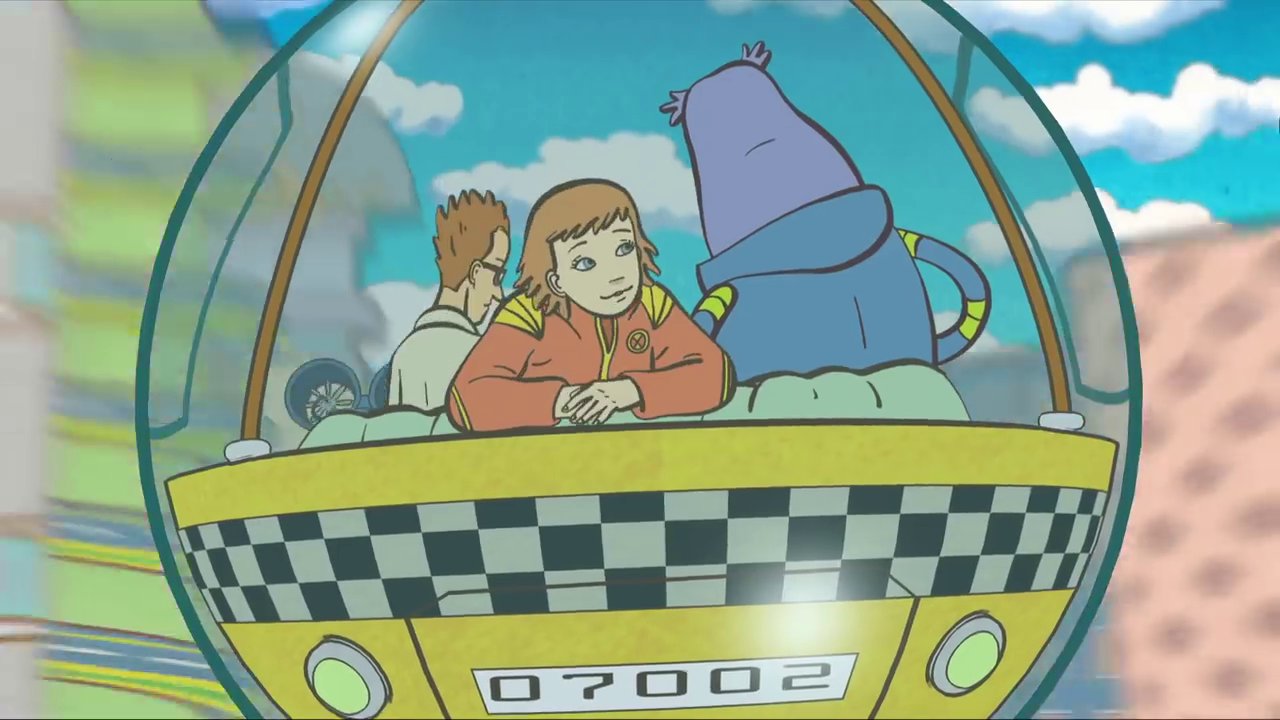
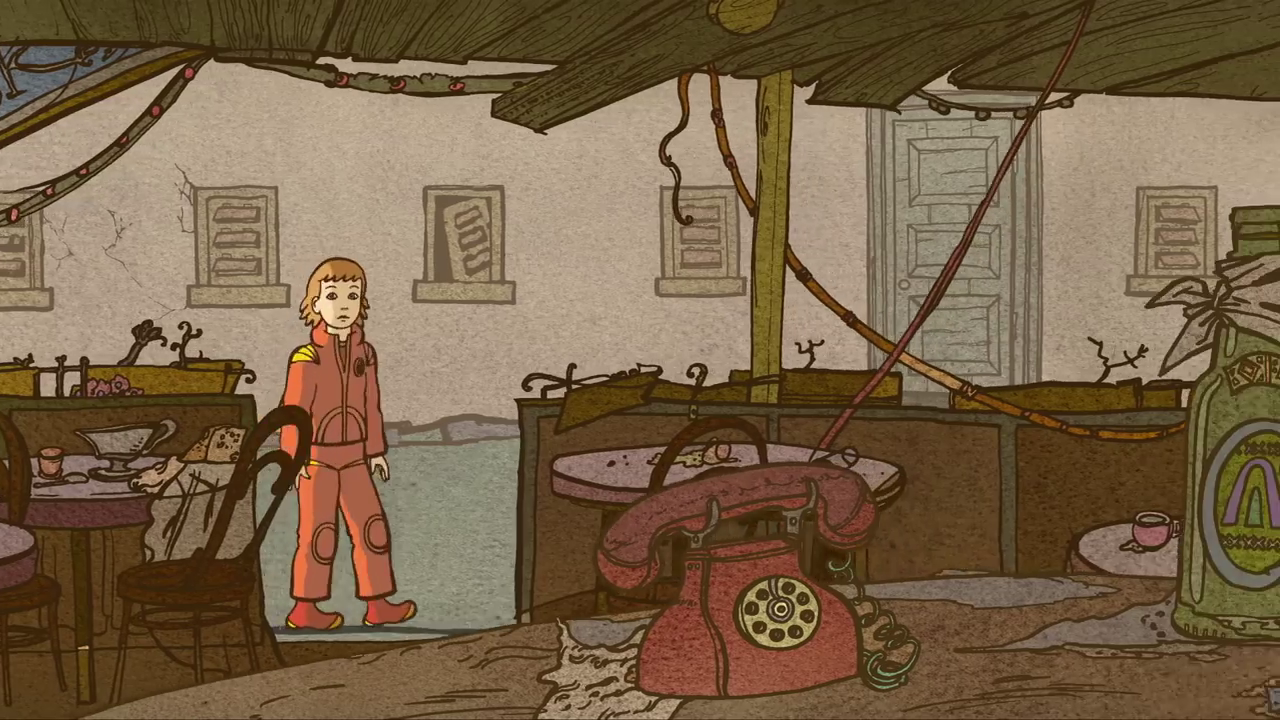
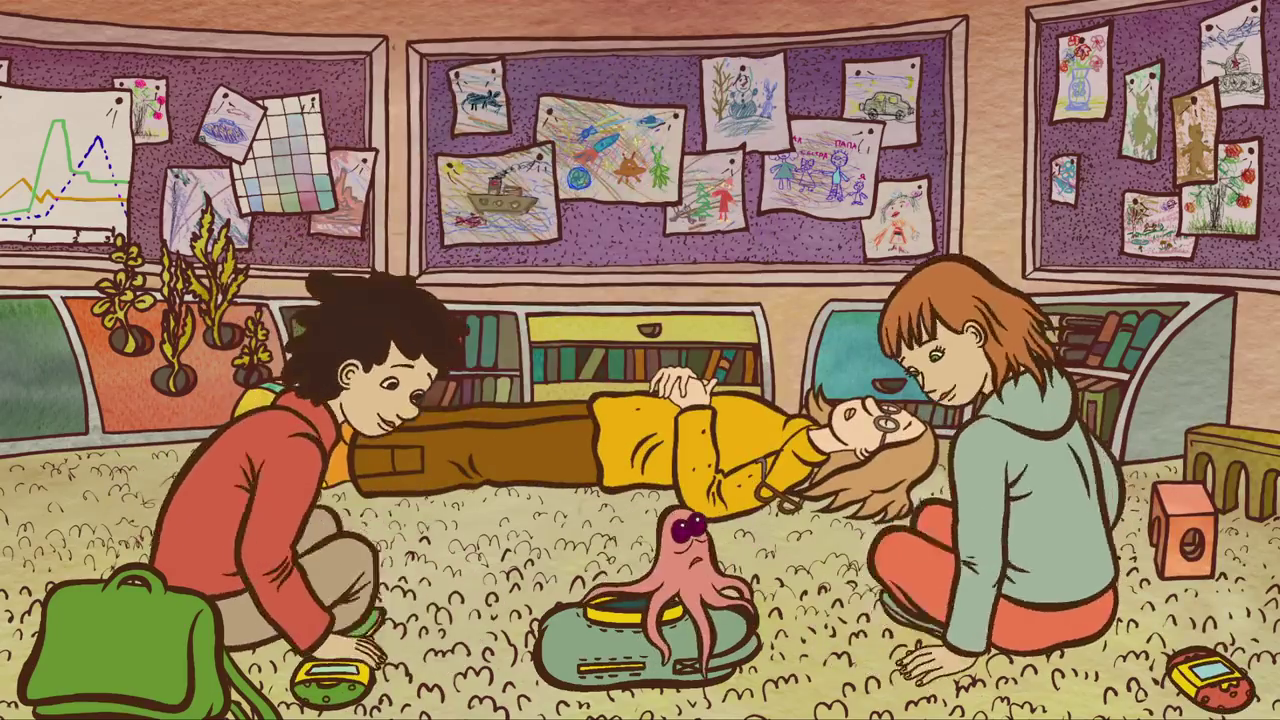
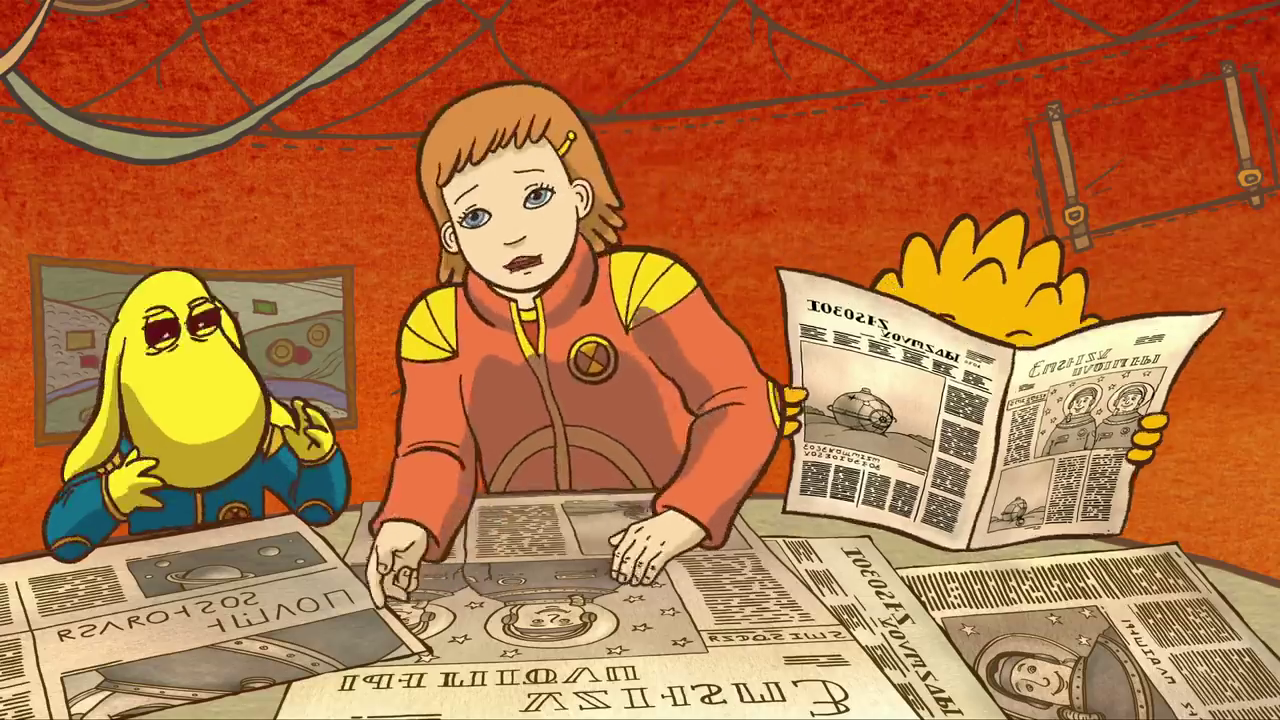
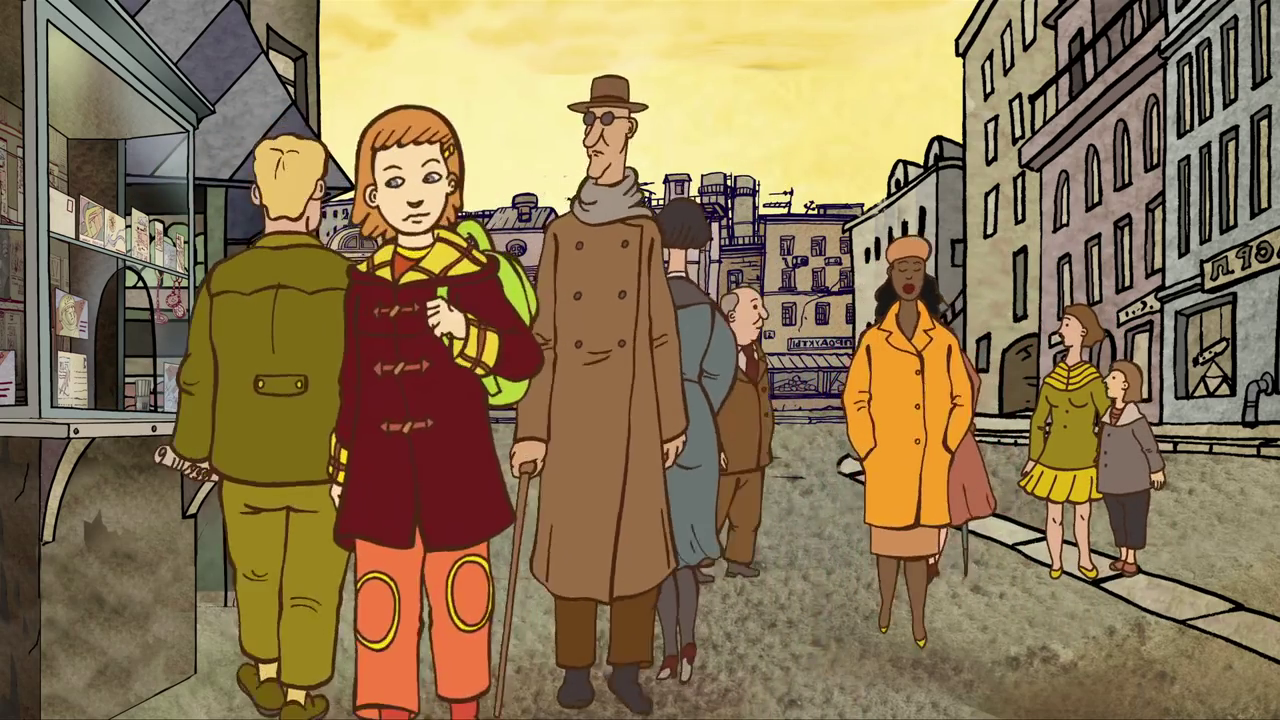
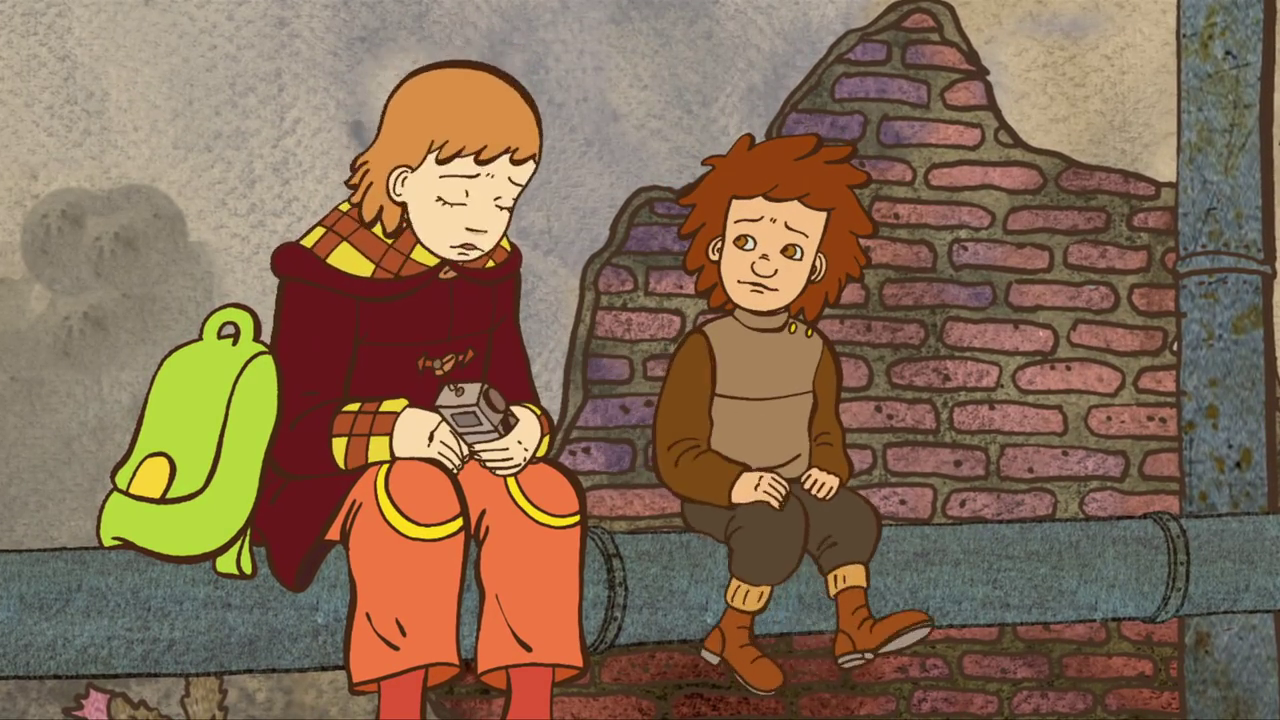
Alice’s Birthday (2009)
Film review #502
Director: Sergey Seryogin
SYNOPSIS: Alice Selezneva has just failed a history exam at school, but things are looking up, as a friend of her Father’s Gromozeka, has arranged a trip for her birthday to the planet of Koleida with a research expedition. The planet once had a flourishing civilisation, but a space virus wiped it out centuries ago. Alice decides to use the expedition’s time travel machine to go back in time (along with Professor Rrr, another member of the expedition) to save the planet’s population, not knowing the virus is still alive in the present and approaching the camp of the expedition…
THOUGHTS/ANALYSIS: Alice’s Birthday is a 2009 animated sci-fi film, which is a re-imagining of the popular 1987 film Lilac Ball and the original novel. The film starts out introducing Alice, an energetic and mischievous girl who fails a history exam after causing chaos in the classroom. She meets up with her Father’s friend Gromozeka, who has a surprise for her upcoming birthday: to join a research expedition to the planet Koleida, where a flourishing civilisation was wiped out by a space virus centuries ago. The film, as mentioned is a re-imagining of the film Lilac Ball and it’s original novel, part of a series of adventures starring the character of Alice. The series was quite popular in the Soviet Union, and so this film is riding a little on that nostalgia bandwagon. However, it certainly stands as a film in it’s own right too, as the story deviates from the original film a fair amount, and being an animated film, has a lot more freedom to bring the futuristic world to life. The story itself flows pretty well, being split into a fairly typical three-act structure that has a good amount of variety, humour, action, and even some scary dark moments. The essentials of the story are things that you have probably seen before involving time travel and trying to change to change the course of the future in time, but it is still entertaining enough to watch.
Alice is a very typical lead for these types of films: adventurous, mischievous, and a typical kid which it’s young audience can identify with. Her character has a wide range of emotions and relationships with other characters, so she feels like a well-rounded individual with enough spirit and energy to be her own person. One notable difference in the rest of the characters form Lilac Ball is that the animated medium gives a lot more freedom to give the aliens a more alien design; in Lilac Ball, the characters which were aliens in the novels were re-imagined as mostly human; in the animated Alice’s Birthday, the aliens aboard the research expedition are all shapes and sizes, and though we don’t hear from many of them, their unique appearances make the film colourful and interesting. There is some weird comments near the beginning of the film, which seem to suggest there’s some discrimination against aliens on Earth, but it’s not really brought up again or addressed, so that’s a bit odd. The minor characters, like Professor Rrr and Gromozeka have a very specific role, and you know what to expect when they’re on screen, which is comforting. On a more novel note, the commander of the expedition is voiced by Natalya Murashkevich, who played Alice in Lilac Ball and the 1984 mini series Guest from the Future, which is a nice nod to those productions, and reinforcing the idea that there is a bit of reliance on nostalgia for this film, even though the target audience is obviously a generation that will not have seen those originals.
The animation is fairly fluid, and the characters and world are colourful and animated enough so that it feels like things never really stand still. This is good in the action scenes, but it becomes a bit more choppy when the characters are moving more slowly. I’m not sure how this compares to other contemporary Russian animation, but it feels like a mix between modern productions, while also having a bit of that Soviet-era aesthetic within it too. Again, maybe that’s part of the nostalgia effect the film is riding on. There’s some musical numbers which are a bit generic, but again, perfectly serviceable for a children’s film. Overall, Alice’s Birthday creates a colourful and energetic world for it’s titular character to be her adventurous self: the designs of the aliens and the futuristic setting are fun, varied and interesting. The story is a little formulaic being a very typical time travel scenario, but it is still made entertaining by having interesting, individual characters, and expressing a variety of emotions throughout the different scenes. A decent children’s film, which also banks on some nostalgia for a beloved character for adults too, although they probably won’t find too much appeal in the content of the film.
-
#421 – Evil Bong 2: King Bong
Evil Bong 2: King Bong (2009)
Film review #421
Director: Charles Band
SYNOPSIS: Alistair McDowell visits his three former roommates after one of them tells him they’ve all had strange things happening to them. Alistair surmises that they are all suffering from side effects of smoking from the evil bong that they previously destroyed when it attempted to steal their souls. They contact the delivery man who delivered the bong, who tells them that the bong originated from a tribe located in the Amazon, and so the group head into the rainforest to find answers and try to cure themselves from the side-effects which have afflicted them…
THOUGHTS/ANALYSIS: Evil Bong 2: King Bong is a 2009 comedy horror film and the sequel to the 2006 film Evil Bong. The film starts off with Alistair visiting Larnell at his new apartment. Larnell remarks that he hardly recognises Alistair; a sly reference to the fact that it is a different actor playing him than the first film. The reason Larnell called Alistair over is that he and his roommates have all been afflicted by strange changes: Larnell’s libido has gone into overdrive, Bachman has developed narcolepsy, and Brett has become morbidly obese, adding strain to his relationship with his girlfriend. Alistair guesses that it must be a side-effect of them smoking from the evil bong of the first film, and tries to learn more about it. The only lead they have is the delivery guy who delivered the bong, who they arrange to come round. He tells them the stories that he himself was told when he picked up the package about how the owner picked it up when he was serving in the Amazon with the peace corps. With this in mind, the group (including the delivery guy for some reason), head to the Amazon to find the tribe and get some answers. As with the first film, the film’s plot is fairly simple. Most probably because this is designed to be a film that you watch while smoking weed yourself. There’s more of a plot than the previous film though, and everything is simple enough to follow, so that’s a plus.
The group arrive in the Amazon where they meet a scientist who has discovered a new type of marijuana that has extraordinary medical properties. When the group smoke this, they are cured of the afflictions of the evil bong. However, another of the scientist’s plans to use the new weed to sell it on the streets and become rich. He reforms the evil bong from the first film with the fragments that Larnell saved, and encounters the tribe alongside a more powerful bong called King Bong. When this new bong takes the delivery guy into his inner realm, the group decide to go and save him, with the original evil bong supporting them (apparently she is King Bong’s ex; don’t ask me how bong relationships work…). The climax is pretty similar to the first film, with the group venturing into the inner bong world where people are tricked by illusions that the bong creates. There’s nothing too spectacular about the finale, and it is resolved in the way you’d expect. The characters are pretty much the same from the first film, and the new characters add very little outside of the typical roles they fill.
Like the first film, the budget for this film is spectacularly minimal, but it does do a bit more than it’s predecessor by doubling the amount of settings from two to about four. The “Amazon” is clearly just some woods, and the bong world has nothing remarkable about it. I think the film flows better than the original, and has a few more laughs, but overall any improvements are minor. It’s not any worse, but not too much better. Like the first, you’re only going to find some value in this if you’re already high and can ‘enjoy’ the imagery and simple gags that won’t go over your head. Overall, Evil Bong 2 is a mild trip that is slightly better than the original, but still doesn’t live up to the ridiculousness of the premise that the title provides.
